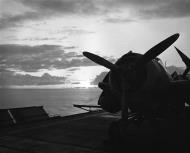
Grumman F4F Wildcat Fighters
The Grumman F4F was the primary Navy and Marine Corps fighter during the first year and a half of World War II. A developed form, the General Motors FM-2, remained in active combat through the end of the Pacific War. Though the stubby little F4F could not equal the speed and maneuverability of its Japanese counterpart, the 'Zero', its rugged construction and superior armament, coupled with well-trained pilots and good tactics, ensured that it generally gave at least 'as good as it got' during the crisis months of 1942.
The F4F-1 was a biplane design, whose clear inferiority to the monoplane Brewster F2A-1 caused its complete recasting into the single-wing XF4F-2. When the Brewster fighter was chosen for production, Grumman's prototype was rebuilt as the XF4F-3 with new wings and tail and a supercharged version of the Pratt & Whitney R-1830 'Twin Wasp' radial engine. Testing of the XF4F-3 led to an order for F4F-3 Wildcat production models, the first of which was completed in February 1940. France also ordered the type, powered by Wright R-1820 'Cyclone' radial engines. These ultimately went to the British Royal Navy, which called them 'Martlet I's. Both the British planes and the U.S. Navy's F4F-3 Wildcat joined active units in 1940 with an armament of four .50 caliber Browning machine guns and a good ammunition supply.
By the end of 1941 the Grumman F4F-3 Wildcat (and similar F4F-3A) fighters, which had received the popular name Wildcat a few months earlier, had replaced the F2A in most U.S. Navy and Marine Corps fighting squadrons. A folding-wing version flew in April 1941 and entered service in early 1942 as the F4F-4. Prompted by British tactical concepts, it had six guns but less ammunition. The heavier F4F-4 was not as nimble nor as fast as the F4F-3, but the logic of wartime manufacturing left it as the sole remaining production version, and its folding wings made it possible to cram more valuable fighters into each aircraft carrier. By the Battle of Midway in June 1942, all the Pacific Fleet's carriers had the F4F-4 and fighting squadron pilots were learning, sometimes painfully, how to best employ it. Employ it they did, quite successfully, through the Pacific's intense Guadalcanal and Central Solomons campaigns and the Atlantic's North African operation.
In late 1942 and early 1943, Grumman phased out production of the F4F-4 and General Motors' Eastern Aircraft Division took it up as the FM-1 (with two less guns). In all, the two companies produced some three-thousand 'Wildcats' for the U.S. and Britain before GM's factories switched to the updated FM-2 in the later part of 1943.
F4F-4 Wildcat characteristics:
# Dimensions: Wing Span, 38 feet; Length, 28 feet 9 inches; Wing Area, 260 square feet.
# Weights: Empty, 5785 pounds; Gross, 7975 pounds
# Powerplant: One 1,200 horsepower Pratt & Whitney R-1830-86 double-row radial engine.
# Armament: Six .50 caliber Browning machine guns; Two 100-pound bombs.
# Performance: Maximum Speed, 320 m.p.h. (@ 19,800 feet & weight of 7975 pounds).Royal Navy Martlet and Wildcat Fighters
A modified version of the U.S. Navy's F4F, the Grumman Model G-36A provided the Royal Navy with its first high-performance single-seat monoplane carrier fighter. Named 'Martlet I' in British service, these 81 aircraft had originally been ordered by France and were taken over by the British after France surrendered. Powered by 1,240 horsepower Wright 'Cyclone' radial engines, the first 'Martlets' entered service in September 1940, and achieved the first 'kill' for any American-built fighter in British service on Christmas day of that year, when a German Ju-88 was forced down near Scapa Flow.
Several other versions of the design followed in 1941. The 100 'Martlet II' and 30 'Martlet III' types had 1,200 horsepower Pratt & Whitney 'Twin Wasp' engines, like the American F4Fs. Most 'Martlet IIs' also had folding wings. These early 'Martlets' had considerable combat service, flying from shore bases and from aircraft carriers, including the pioneer escort carrier, HMS Audacity. Very maneuverable by European standards, and heavily armed, they were a serious threat to enemy aircraft.
The 'Cyclone' powered Grumman F4F-4B, a type built solely for transfer to the British, became the 'Martlet IV'. Like later versions of the design, these 220 planes were provided through Lend-Lease, rather than by sale, and were delivered starting in 1942. Next in the series were over 300 'Martlet Vs', identical to the U.S. Navy's General Motors-built FM-1, with Pratt & Whitney engines. Surviving units of these two types were redesignated 'Wildcat IV' and 'Wildcat V' in January 1944. There were also 340 'Wildcat VI' fighters, the equivalent to the USN's FM-2. The first of these arrived in 1944.
The later British 'Martlets' and 'Wildcats' were extensively used at sea, primarily based on escort carriers though some were also carried aboard fleet carriers. In addition to anti-submarine work, teamed with 'Swordfish' strike aircraft, they participated in amphibious operations in the Mediterranean and Normandy, helped make oceanic aerial reconnaissance unhealthy for the German air force and successfully competed with enemy fighters for control of the air over European shores.
For general characteristics of this type of aircraft, see the entries for U.S. Navy F4F and FM-2 Wildcat fighters.
Martlet Mark I
The Martlet Mark I was aircraft originally ordered by France and Belgium. The Belgians ordered Martlets (Reference 10) which, according to Grumman records, were absorbed into the French order when Belgium fell. The Martlet (G-36A) was from the these two orders, which could not be delivered because of the fall of France.
Martlet Is came equipped with a Wright R-1820-G205A Cyclone engine with a single-stage, two-speed supercharger. The Cyclone was shorter than the Twin Wasp so the cowl was shorter in chord and did not have any cowl flaps, and with the overall length being the same (approximate) length as a Wildcat with a Pratt and Whitney engine, the distance between the wing and rear of the cowl was longer. This is true of all Cyclone powered Martlets/Wildcats. With the Mk.I, this distance was 22 inches (as measured on the FAA Museum’s sole surviving Mk.I). It has to be mentioned here, that the single row Cyclone had either baffle plates or air intakes between the cylinders. This forced air over the cooling fins and cooled the engine more efficiently. All single row radials in a cowl were configured like this. The twin row Twin Wasp did not need the baffles for cooling.
All Martlet Mk.Is had the F4F-3 Wildcat straight pitot tube and a Hamilton Standard Hydro-matic uncuffed prop. Mk.Is had fixed wings and 4 wing guns, 46” and 117” from the centerline of the fuselage with 430 rounds per gun. Otherwise, these Martlets were similar to F4F-3Bs.
Contrary to popular belief Martlet Is did go to sea. They were equipped with hooks, but the holdback was not fitted. Serials included AL231-AL262, AX824-AX829, BJ507-BJ527, and BJ554-BJ570.
Lost at sea whilst being delivered were Martlet I serials BT447-BT456 (Reference 10, 11).Martlet Mark II
The Martlet II was the first Martlet actually ordered by the British Purchasing Commission for the FAA. The contract was for 100 F4F-4A equivalent aircraft with folding wings and 3 guns per wing with 240 rounds per gun. The first ten Mk.IIs were delivered to F4F-3 Wildcat standards with fixed wings and 4 wing guns. These 10, Serials AM954 to AM963 were redesignated as Mark IIIs (References 2,4,7,8,10,11). These are covered in the Mark III section. The remaining Mark IIs were differentiated by the pitot tubes. AM964 to AM 999 had a unique pitot. This pitot was located on the port upper wing, near the inner edge of the aileron. This pitot angled to the rear and upwards. These aircraft were the only Wildcat/Martlet to use this pitot. The remaining Mark IIs, serial range AJ100 to AJ153 used the standard F4F-4 pitot.
The Martlet II (from this point onwards, I am not speaking of the first 10 Mk.IIs which became Mk.IIIs) were powered by a Pratt and Whitney R-1830-90 Twin Wasp single stage two speed supercharged radial. This engine had the magnetos on the rear of the engine, next to the carburetor. The cowl was the standard chord Pratt and Whitney cowl, which had one large cowl flap on each side. The distance from the wing leading edge to the rear of the cowl is 14 5/8 inches on all Pratt and Whitney powered Martlets/Wildcats. The cowl did not have the carb intake on the top, and the intercooler scoops were deleted. The propeller was a cuffed Curtiss Electric three blade, with a domed (similar to the dome found on P-43s and P-47s with Curtiss props) hub. All had folding wings with 3 guns per wing and had 240 rounds per gun. Some aircraft in the AM serial range had an extended lower fairing, which may have had something to do with the fuel system; AJ series aircraft did not have this extension. Serials for Martlet Mk.II are AM964-AM999 and AJ100-AJ153. Aircraft lost at sea whilst being delivered were AM954, AJ105, AJ106, AJ138-AJ145, and AJ124-AJ126.
General Motors FM-2 Wildcat Fighters
In 1942, automobile manufacturer General Motors converted several of its east coast factories to aircraft production under the name Eastern Aircraft Division. Eastern received contracts to build F4F-4 Wildcat fighters and TBF-1 'Avenger' torpedo planes, allowing Grumman to gradually reconcentrate its energies on the new, urgently-needed F6F 'Hellcat' fighter. The GM F4F-4s, redesignated FM-1s, had only four .50 caliber machine guns, but were otherwise little changed from the original model. Well over a thousand FM-1 fighters were delivered in 1942-43, including some three hundred for the British Royal Navy.
Meanwhile, Grumman had prototyped a new Wildcat under the designation XF4F-8, which was to be produced by Eastern Aircraft as the FM-2. With lightened structure and a more powerful Wright R-1820 radial engine, the FM-2 was notably quicker, faster climbing, longer ranged and more maneuverable than its predecessor. To help control the increased power, the new plane had a distinctive, taller vertical tail. All-in-all, it was a great improvement, and more than four thousand FM-2s were built in 1943-45. Of those, over three hundred went to the British.
The U.S. Navy FM-2s operated exclusively from escort carriers (CVEs), small ships with notoriously lively flight decks. They were used in the Atlantic, teamed with TBM 'Avengers' for anti-submarine work, the escort carriers' original purpose. In the Pacific, CVEs did ASW too, but also employed their 'Avengers' and 'Wildcats' to provide air cover for invasion forces and close air support for ground troops. Those missions produced opportunities for aerial combat against Japanese planes, and two Navy pilots achieved 'ace' status in FM-2s. The GM Wildcat also played an important role in the 25 October 1944 Battle off Samar, in which a force of the slow CVEs and their escorts out-fought a vastly superior Japanese surface fleet.
FM-2 Wildcat characteristics:
# Dimensions: Wing Span, 38 feet; Length, 28 feet 11 inches; Wing Area, 260 square feet.
# Weights: Empty, 5448 pounds; Gross, 8271 pounds
# Powerplant: One 1,350 horsepower Wright R-1820-56 'Cyclone' single-row radial engine.
# Armament: four .50 caliber Browning machine guns; Two 250-pound bombs or six 5-inch rockets.
# Performance: Maximum Speed, 332 m.p.h. (@ 28,800 feet).
On 1 march 1943 there was a major redesignation of US Navy squadrons.
"A revision of the squadron designation system changed Inshore Patrol Squadrons to Scouting Squadrons (VS), Escort Fighting Squadrons (VGF) to Fighting Squadrons (VF), Escort Scouting Squadrons (VGS) to Composite Squadrons (VC) and Patrol Squadrons (VP) operating land type aircraft to Bombing Squadrons (VB). This revision also redesignated carrier Scouting Squadrons (VS) as VB and VC and as a result the types of squadrons on Essex Class carriers was reduced to three. In spite of this change, the aircraft complement of their Air Groups remained at its previous level of 21 VF, 36 VSB and 18 VTB."
I tried to make a list of the squadrons involved. Any corrections?Escort Carrier fighter squadrons:
VGF-26 -> VF-26 (Air group 26)
VGF-27 -> VF-27 (Air group 27)
VGF-28 -> VF-28 (Air group 28 )
VGF-29 -> VF-29 (Air group 29)
Escort Carrier scouting squadrons:
Note: VGS-27 became a torpedo squadron instead of composite squadron. VC-23 was former VS-23.
Squadrons with the same hull number of the ships they were intended for.
VGS-1 -> VC-1
VGS-9 -> VC-9
VGS-11 -> VC-11
VGS-12 -> VC-12
VGS-13 -> VC-13
VGS-16 -> VC-16
VGS-18 -> VC-18
VGS-20 -> VC-20
VGS-21 -> VC-21
VGS-23 -> VC-19
VGS-25 -> VC-25
VGS-26 -> VC-26 (Air group 26)
VGS-27 -> VT-27 (Air group 27)
VGS-28 -> VC-28 (Air group 28 )
VGS-29 -> VC-29 (Air group 29)
VGS-31 -> VC-31
VGS-33 -> VC-33
VGS-34 -> VC-34
VGS-35 -> VC-35
VGS-36 -> VC-36
VGS-37 -> VC-37
VGS-55 -> VC-55
VGS-58 -> VC-58
VGS-60 -> VC-60
Fleet Carrier Scouting squadrons:
Note: VC-25 was former VGS-25.
VS-3 -> VB-4 (Air Group 5)
VS-6 -> VB-13 (Air Group 3)
VS-9 -> VB-19 (Air Group 9)
VS-10 -> VB-20 (Air Group 10)
VS-11 -> VB-21 (Air Group 11)
VS-12 -> VB-22 (Air Group 12)
VS-16 -> VB-23 (Air Group 16)
VS-17 -> VB-7 (Air Group 17)
VS-22 -> VC-22 (Air Group 22)
VS-23 -> VC-23 (Air Group 23)
VS-24 -> VC-24 (Air Group 24)
VS-25 -> VC-2 (Air Group 25)
VS-41 -> VB-41 (Air Group 4)
VS-42 -> VB-42 (Air Group 4)
Patrol squadrons (Lockeed PV):
VP-41 -> VB-136
VP-42 -> VB-135 (15 feb)
VP-82 -> VB-125
VP-93 -> VB-126
Patrol squadrons (Consolidated PB4Y):
VP-51 -> VB-101
VP-31 -> VB-105 (15 may)
VP-83 -> VB-107 (15 may)
Inshore patrol squadrons:
Note: VS-41 and 42 were skipped probably to avoid confusion with former Air Group 4 squadrons.
VS-1D1 -> VS-31
VS-2D1 -> VS-32
VS-3D1 -> VS-33
VS-1D3 -> VS-34
VS-1D4 -> VS-36
VS-5D4 -> VS-35
VS-1D5 -> VS-37
VS-2D5 -> VS-38
VS-1D7 -> VS-39
VS-2D7 -> VS-40
VS-3D7 -> VS-62
VS-1D10 -> VS-63
VS-2D10 -> VS-43
VS-3D10 -> VS-44
VS-4D10 -> VS-45
VS-1D11 -> VS-46
VS-1D12 -> VS-47
VS-2D12 -> VS-48
VS-1D13 -> VS-49
VS-2D13 -> VS-50
VS-1D14 -> VS-51
VS-2D14 -> VS-52
VS-3D14 -> VS-53
VS-4D14 -> VS-54
VS-5D14 -> VS-55
VS-6D14 -> VS-56
VS-7D14 -> VS-57
VS-8D14 -> VS-58
VS-1D15 -> VS-59
VS-2D15 -> VS-60maxs75, Jul 25, 2009 - https://ww2aircraft.net/forum/threads/navy-squadron-designation.19838/
Photographic Information
Grumman F4F-4 Wldcat colorized slideshow
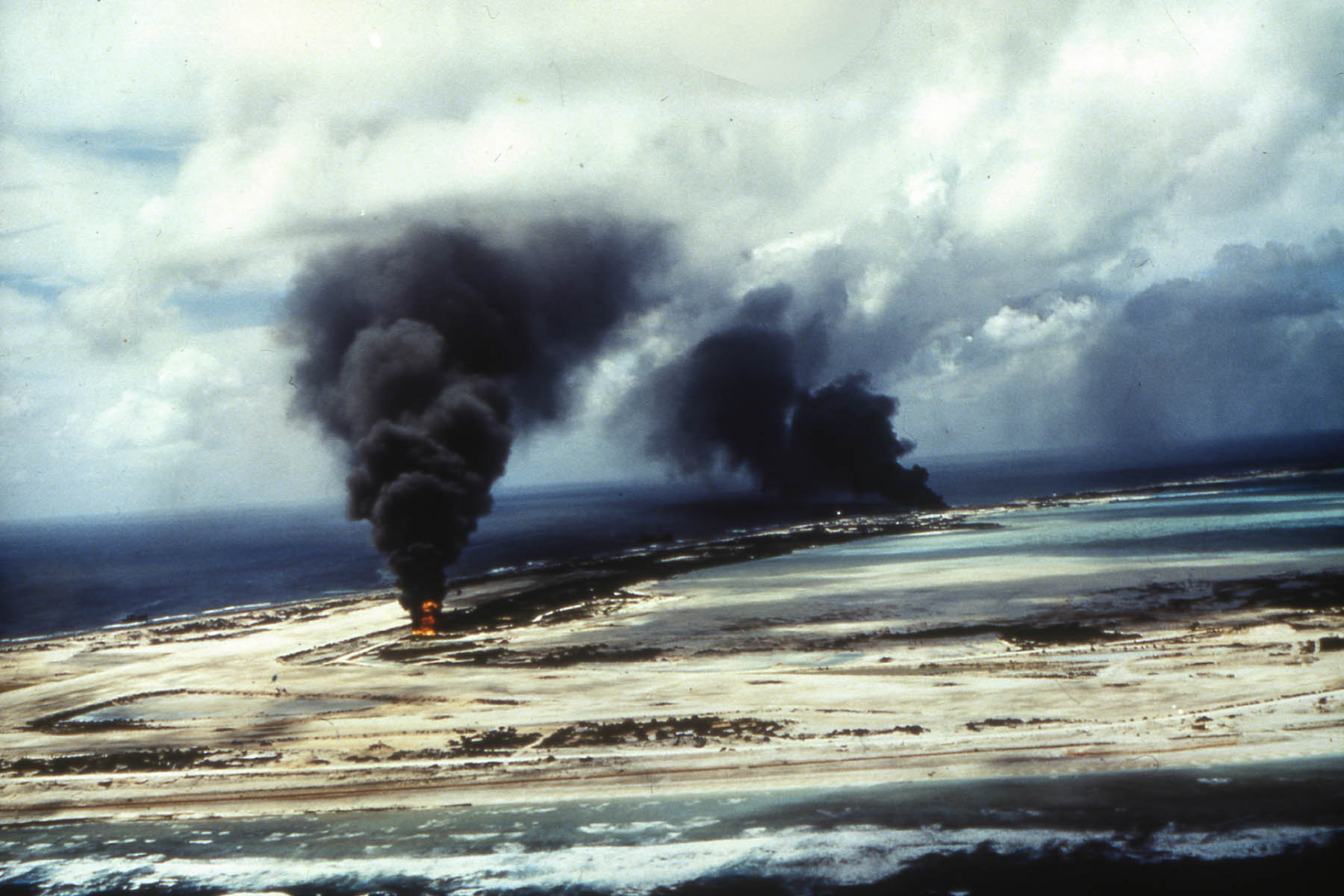











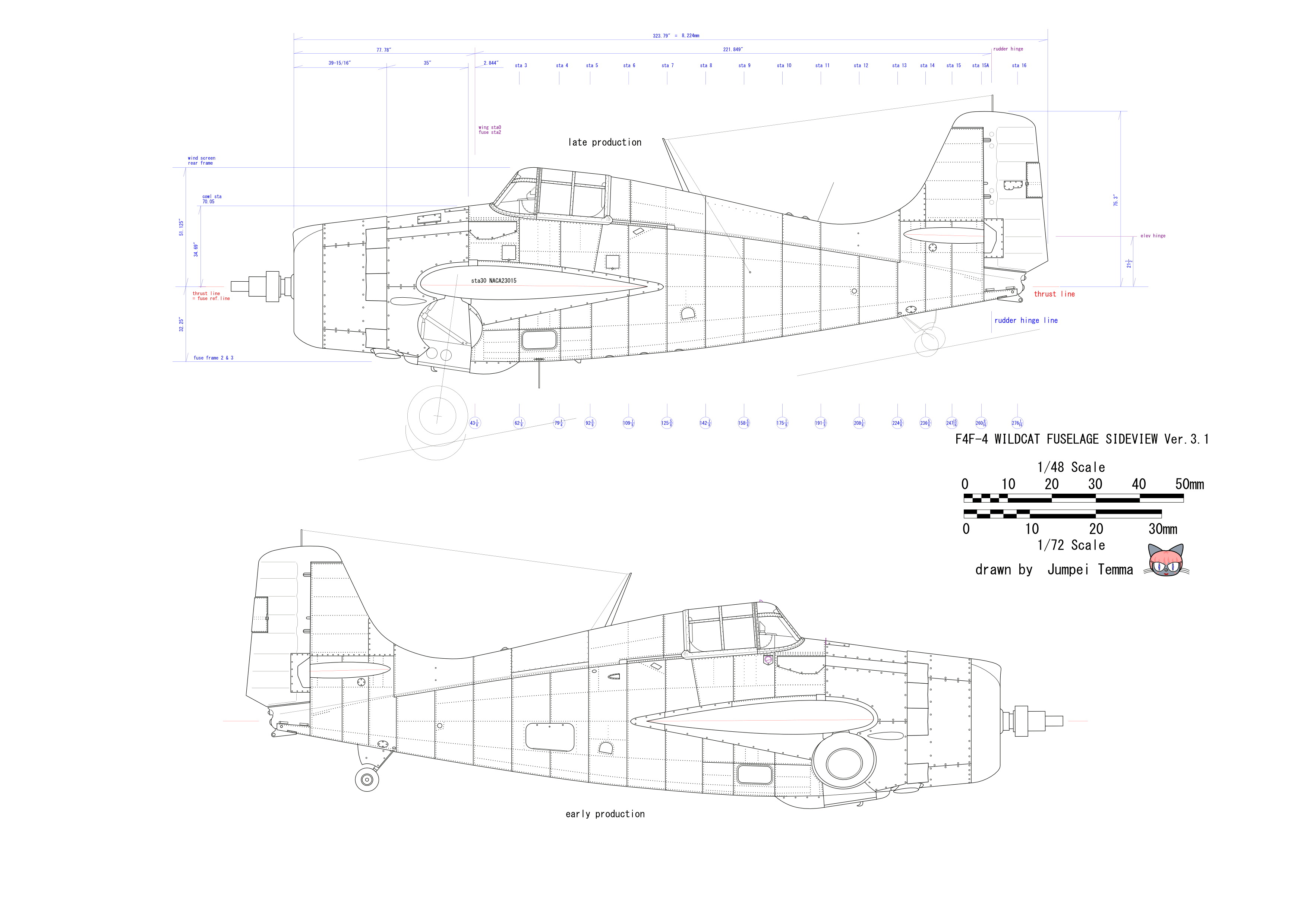

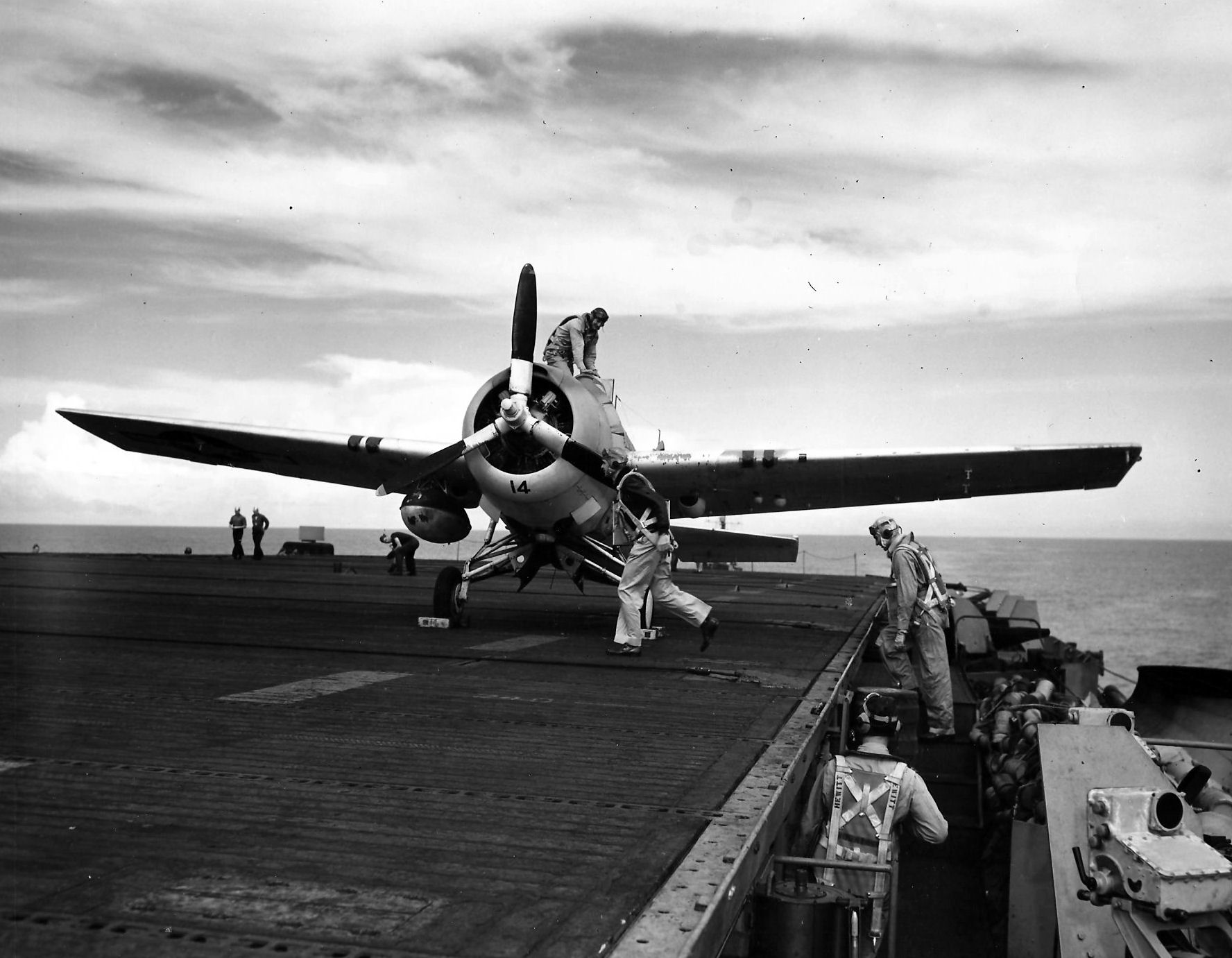
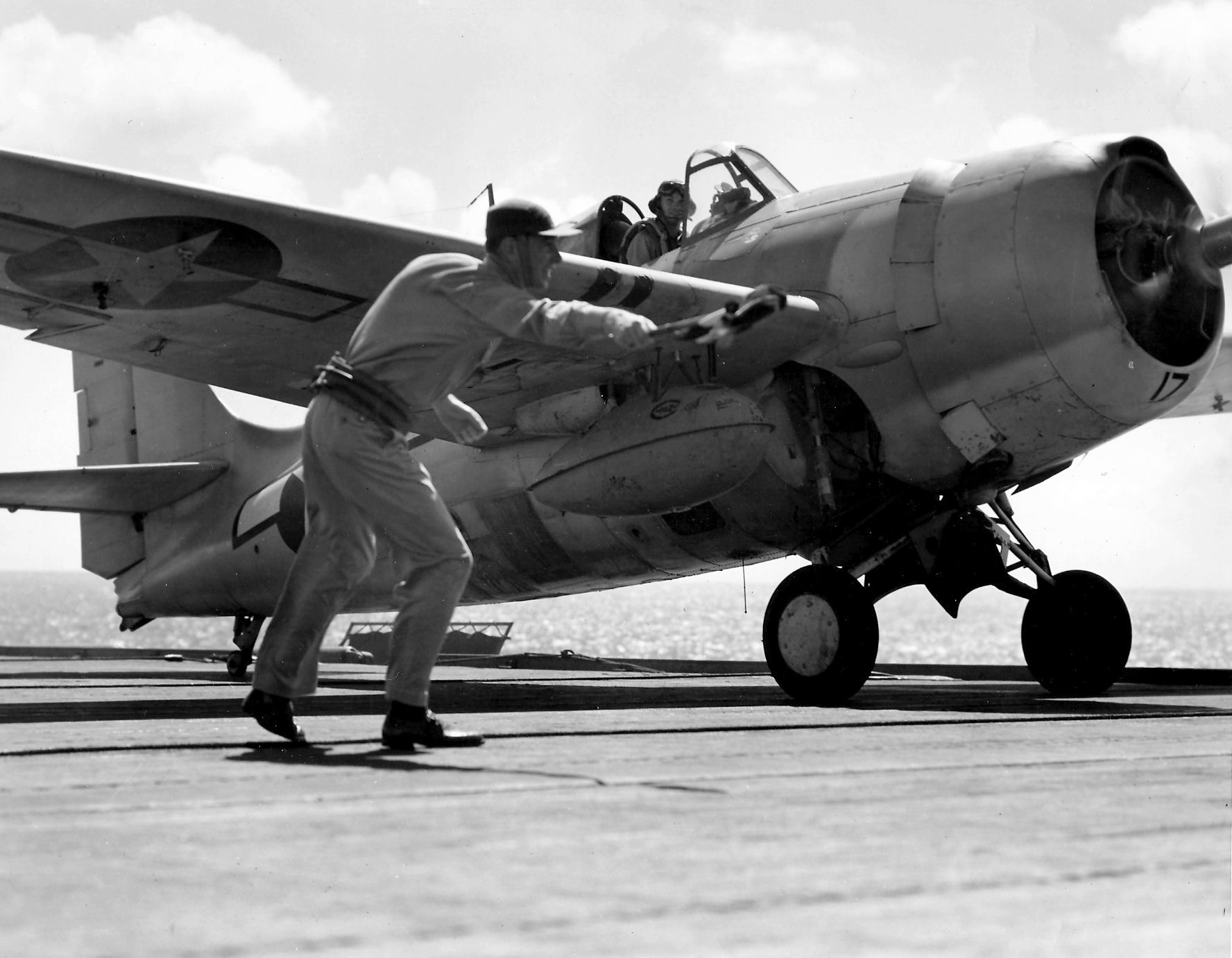


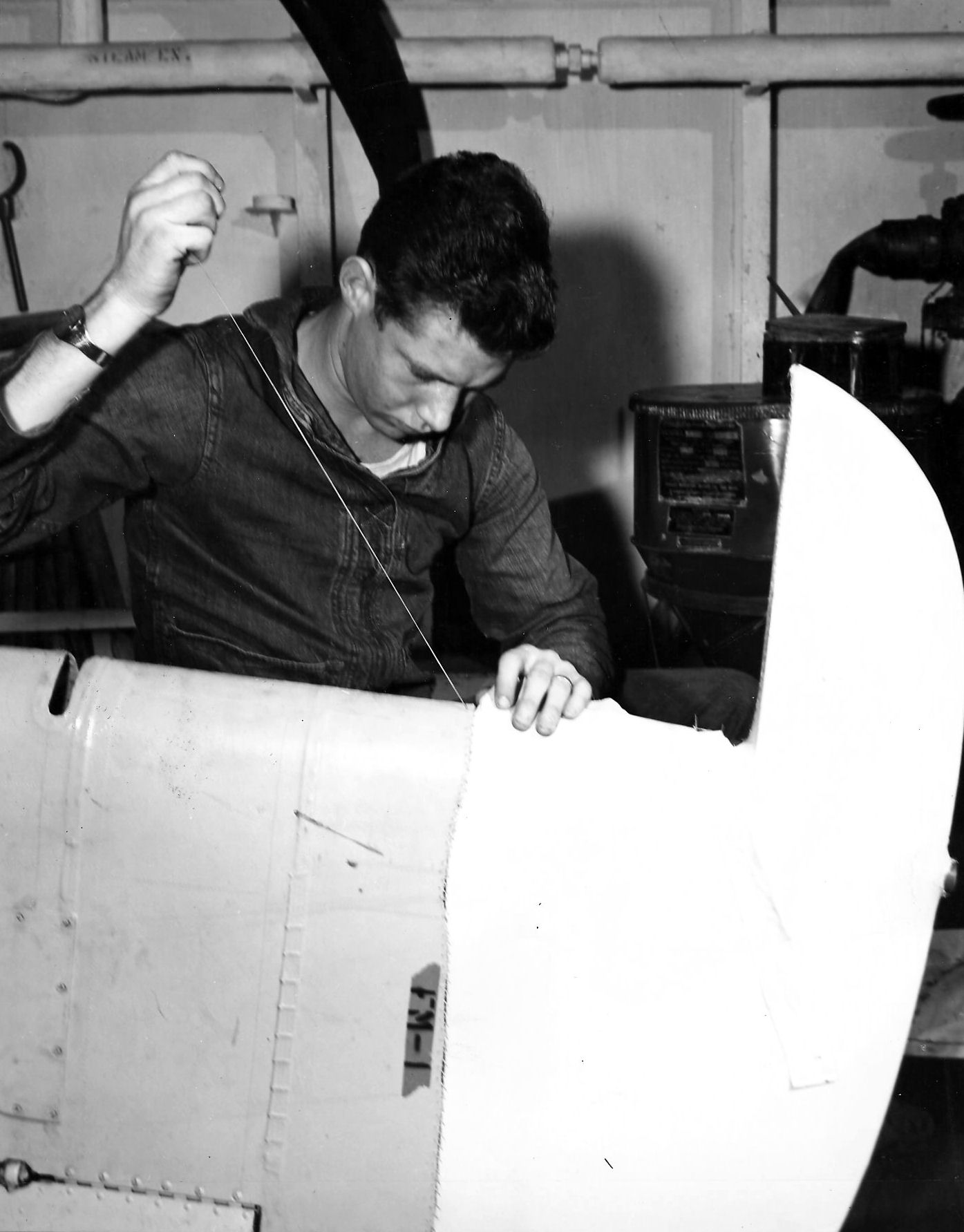





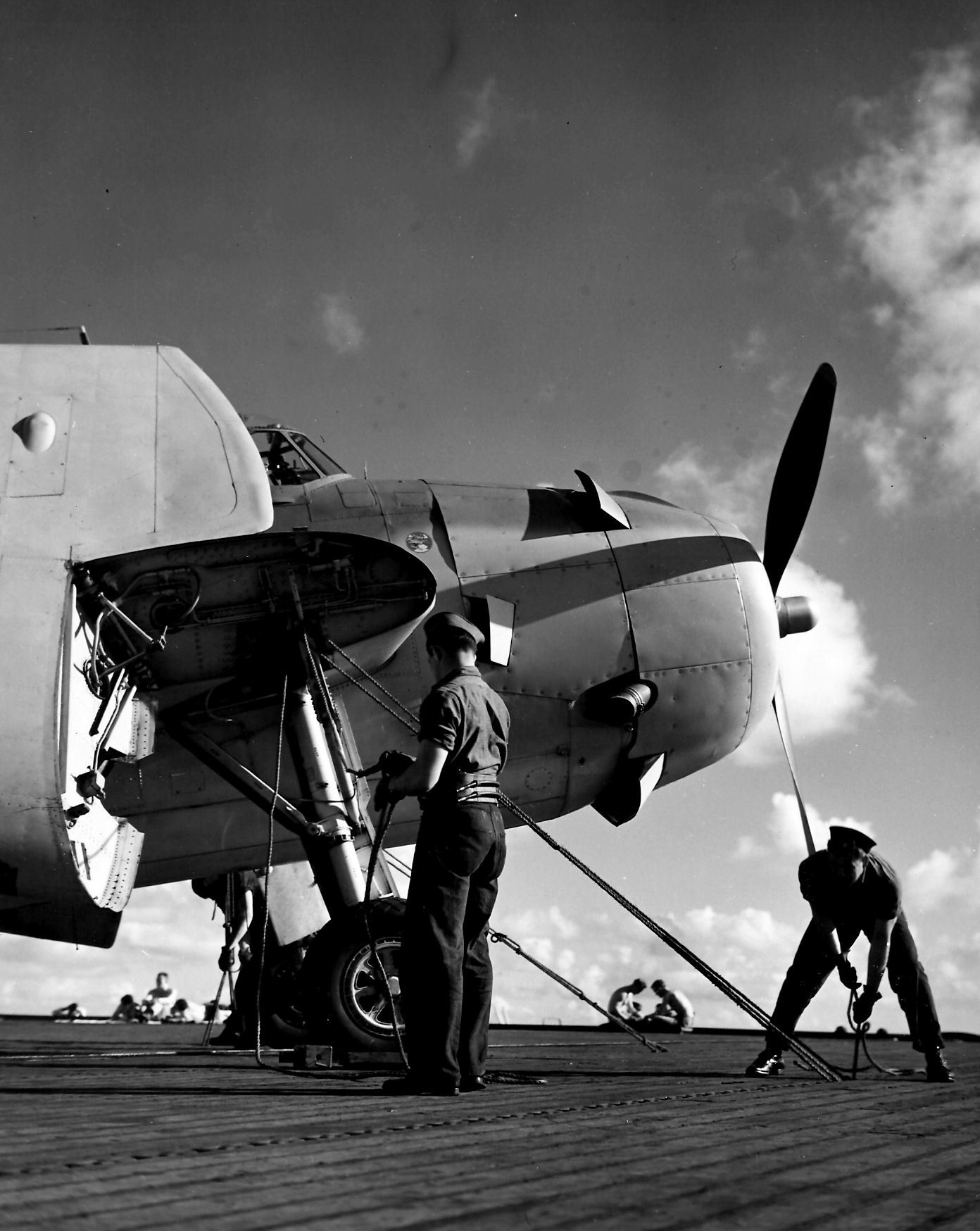
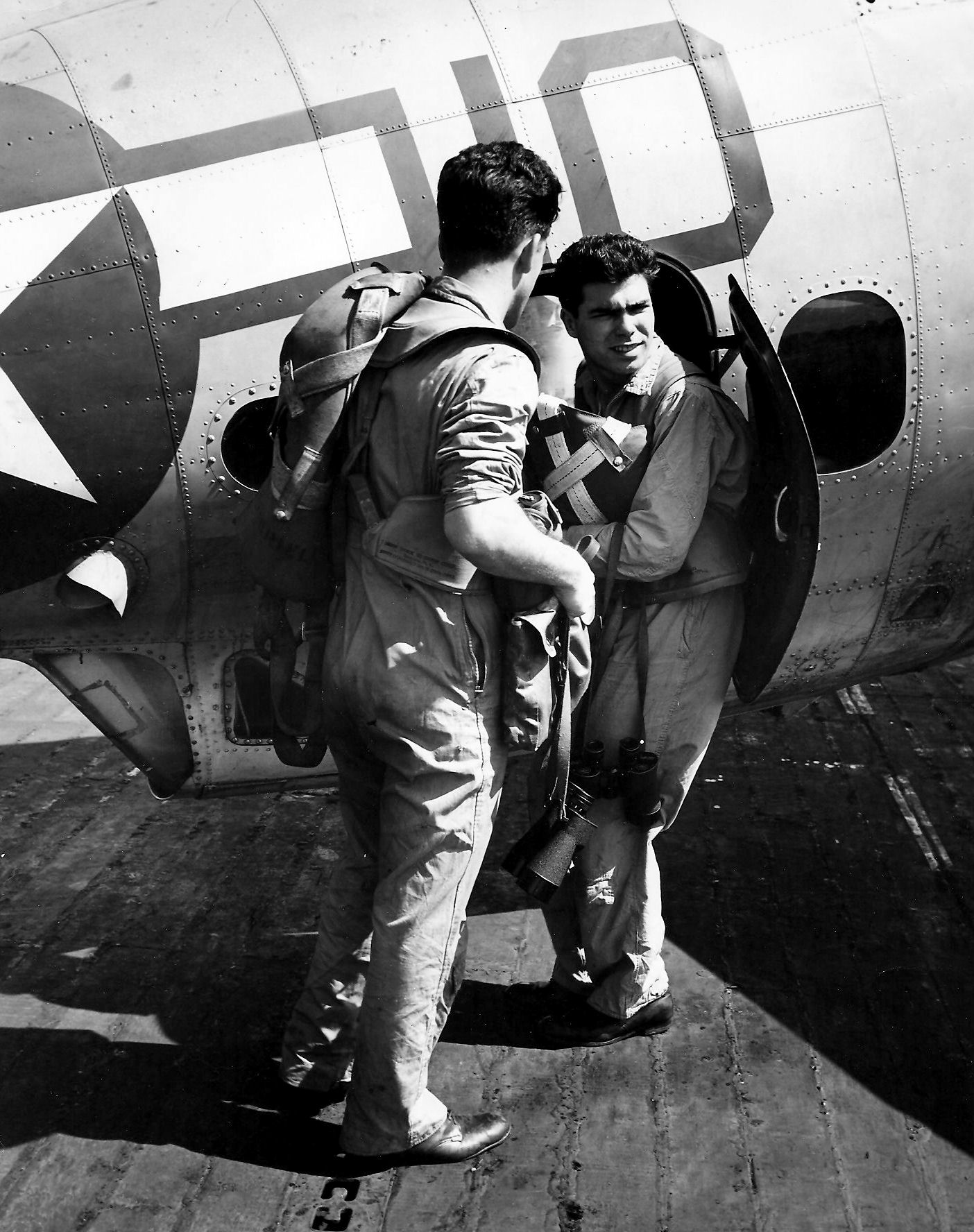







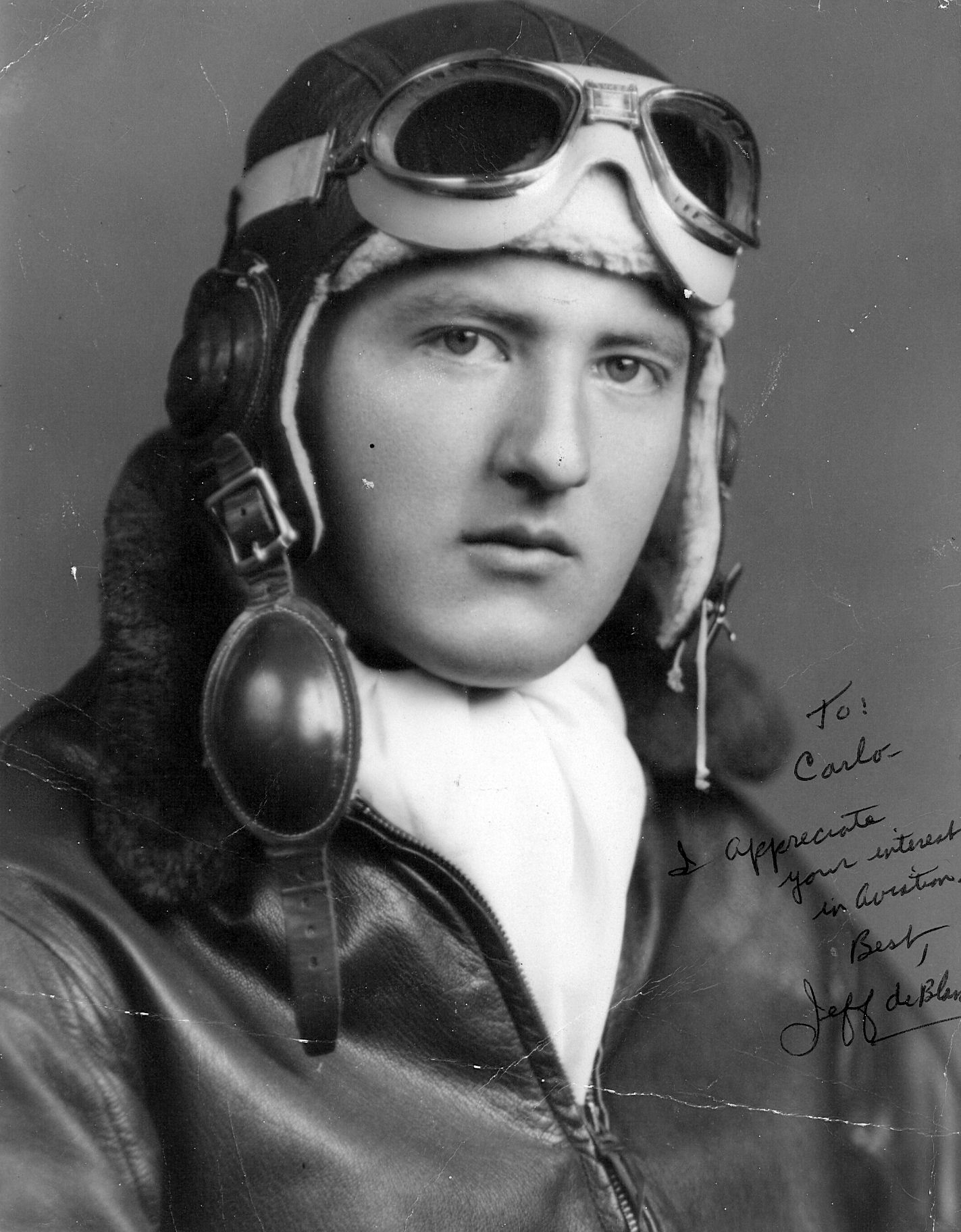







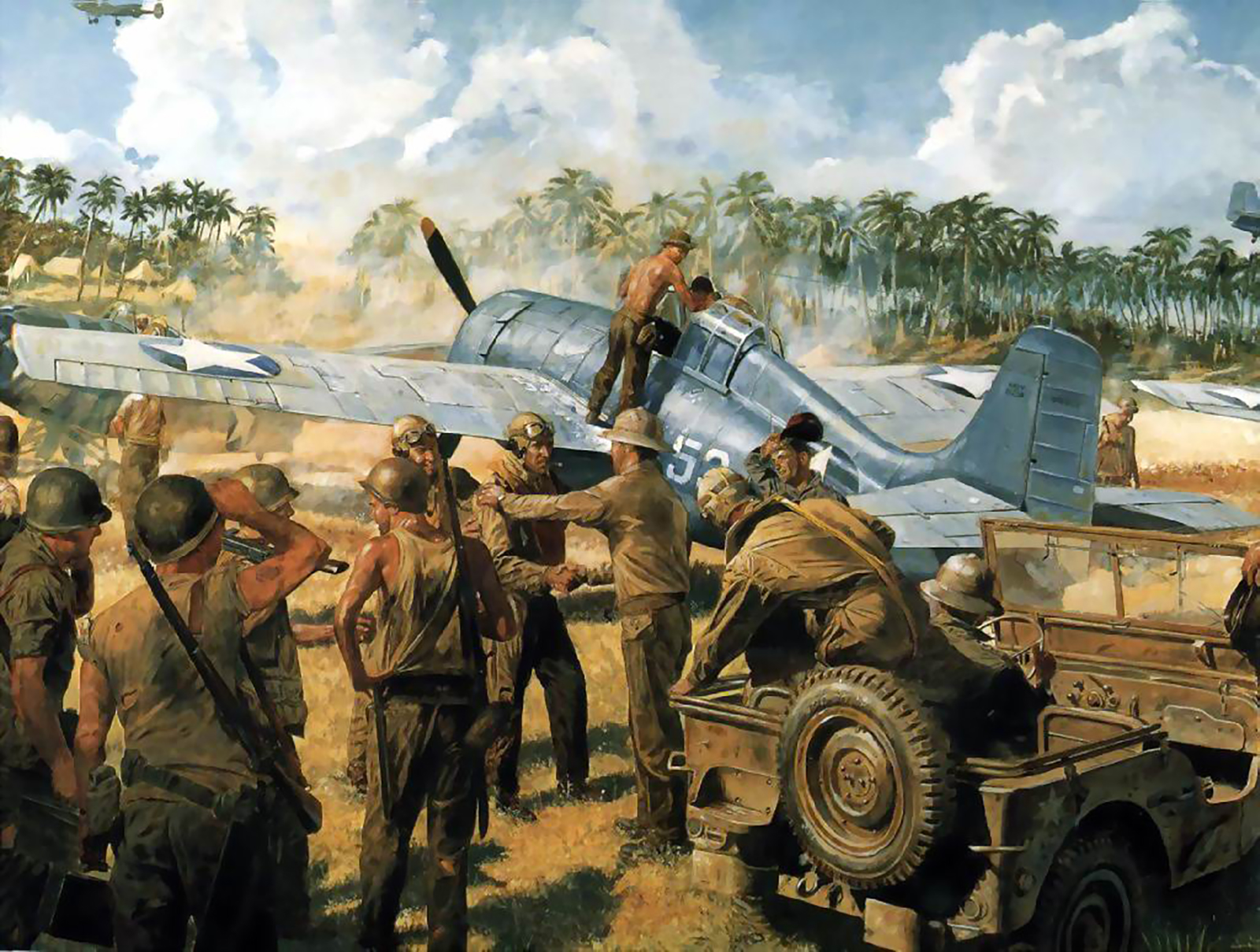
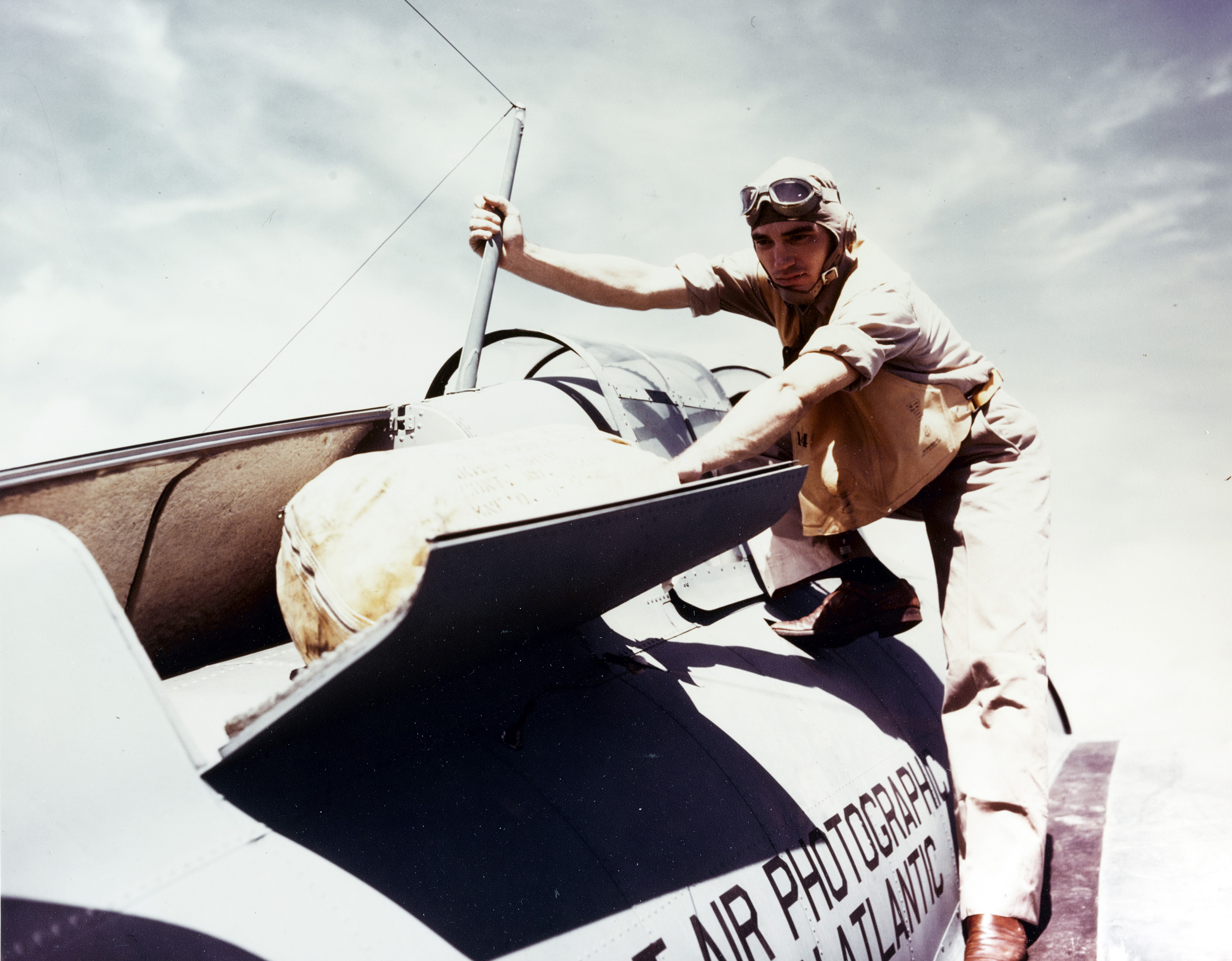




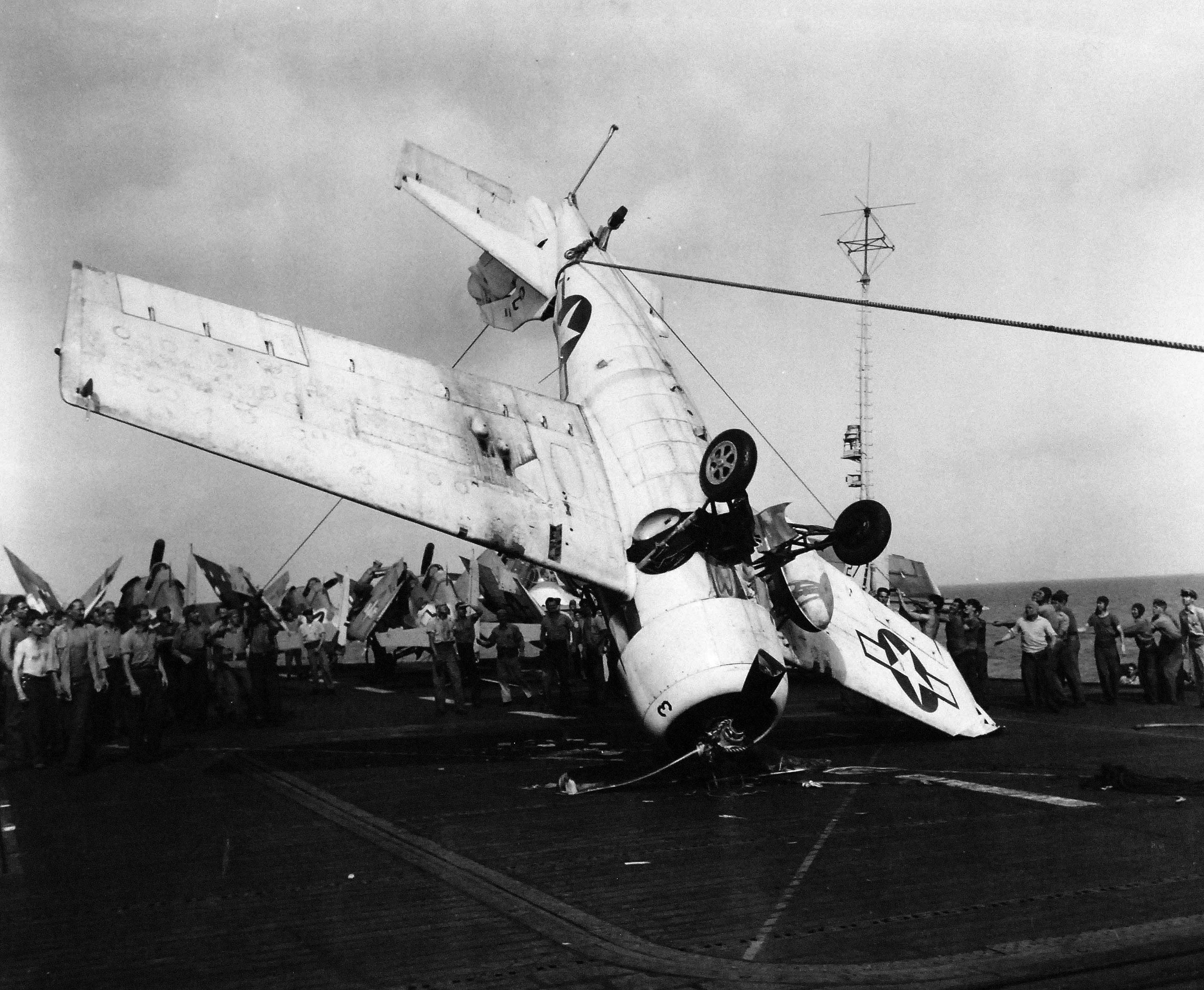
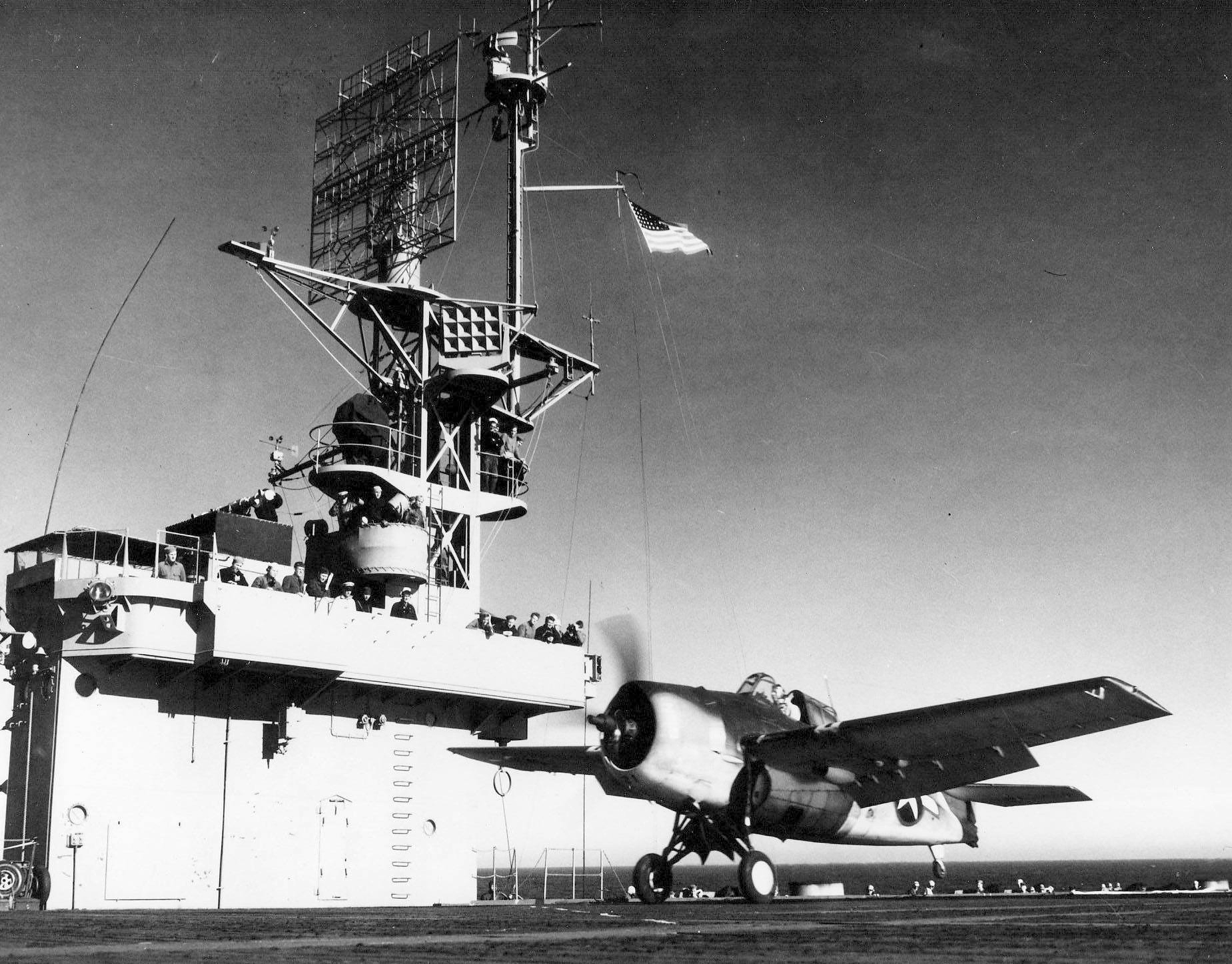
















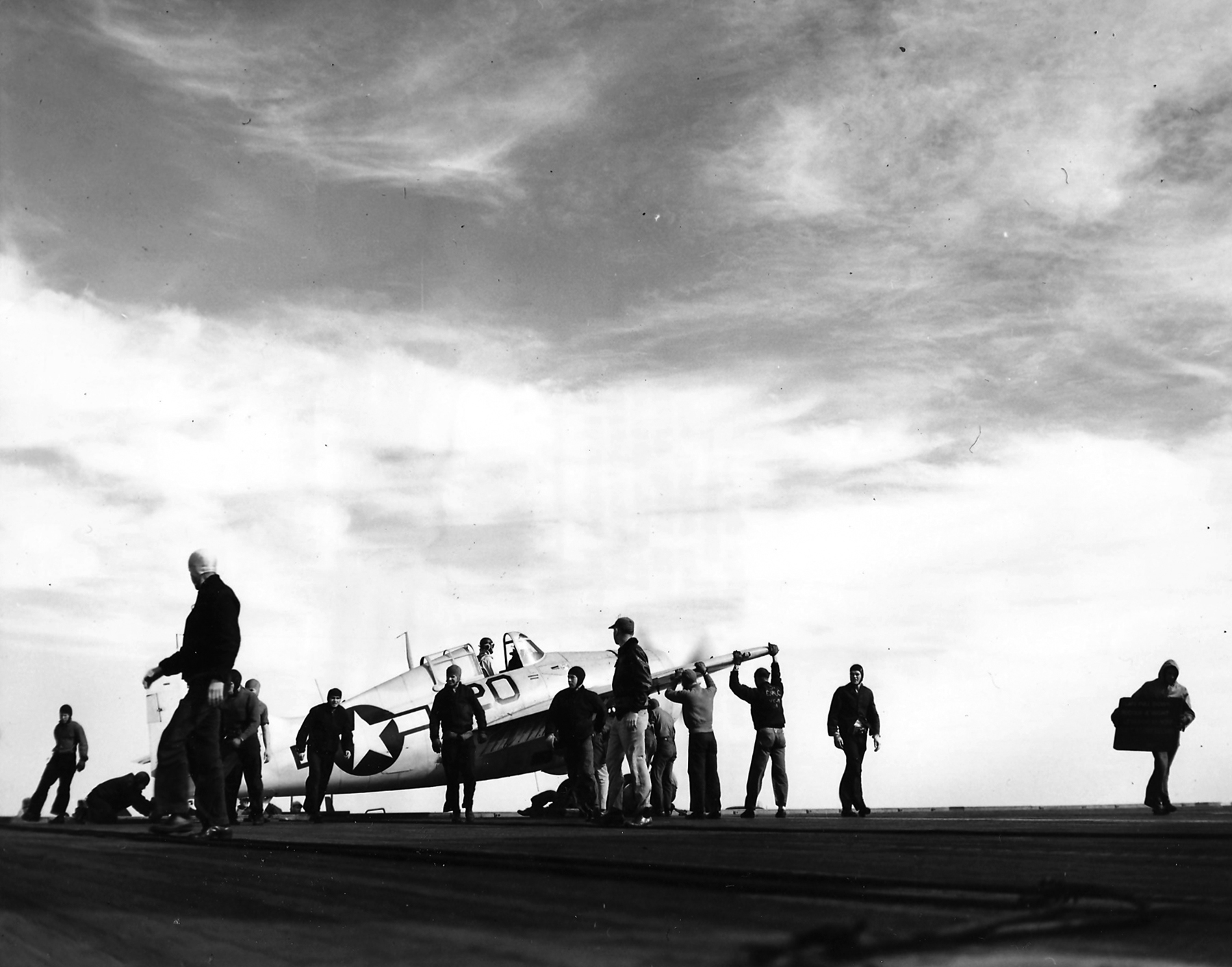






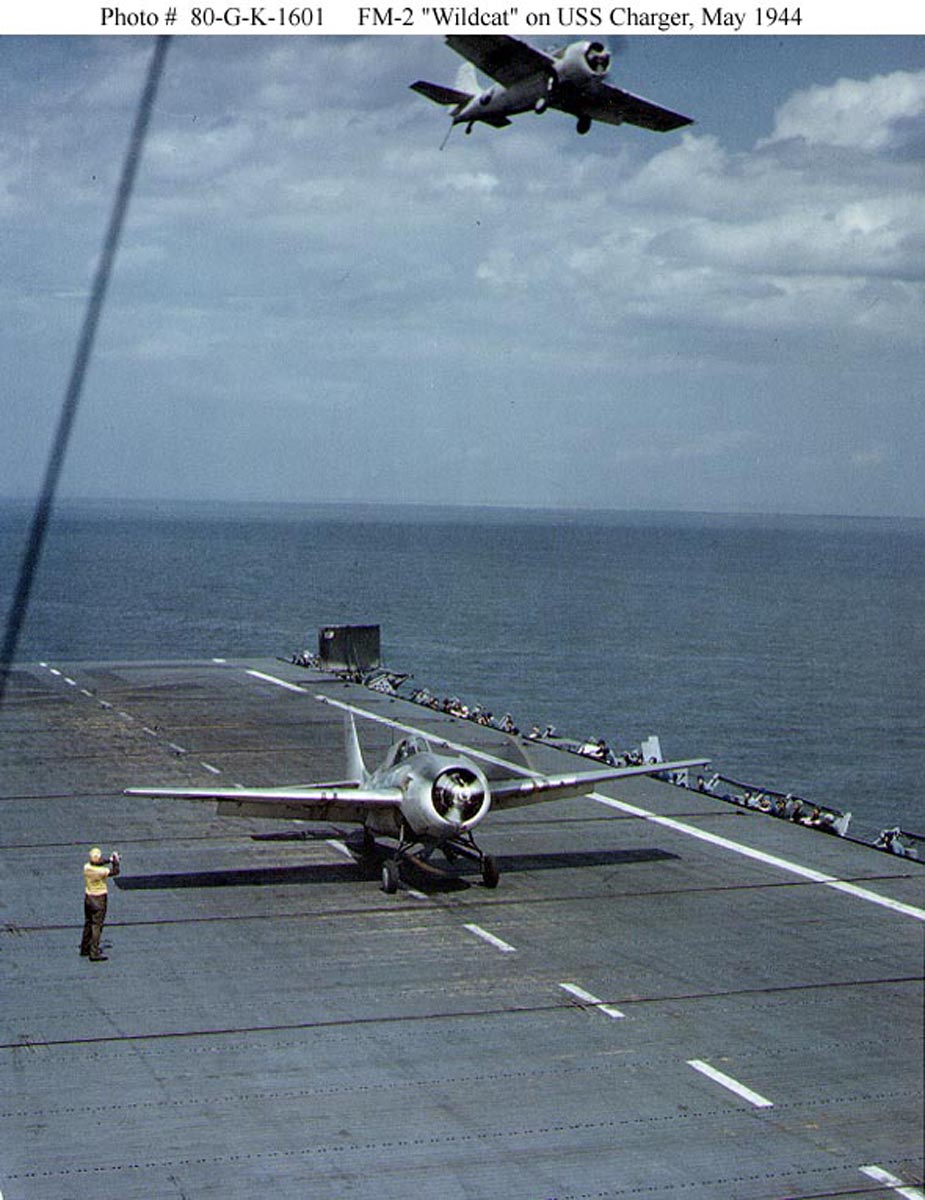



















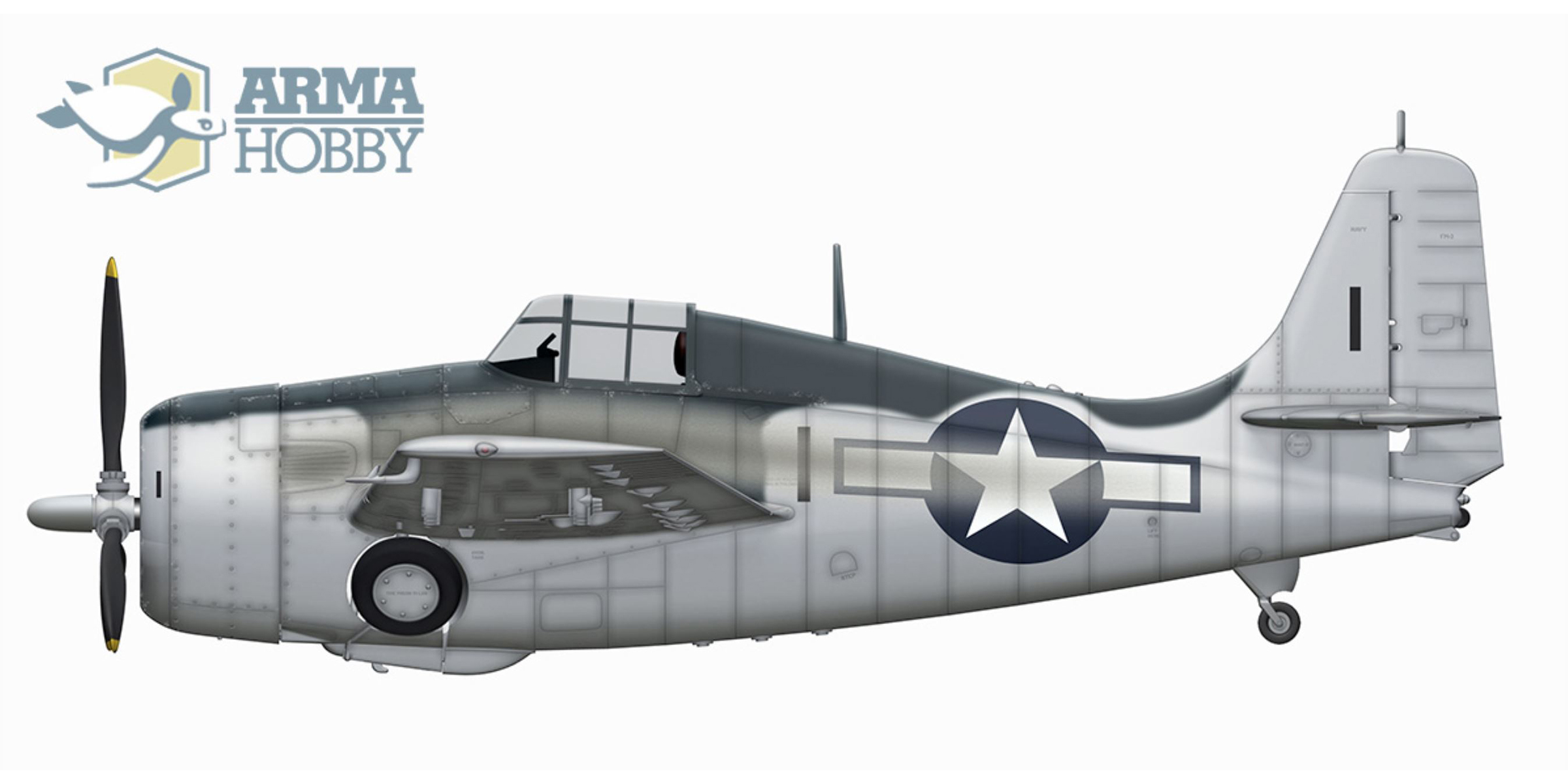



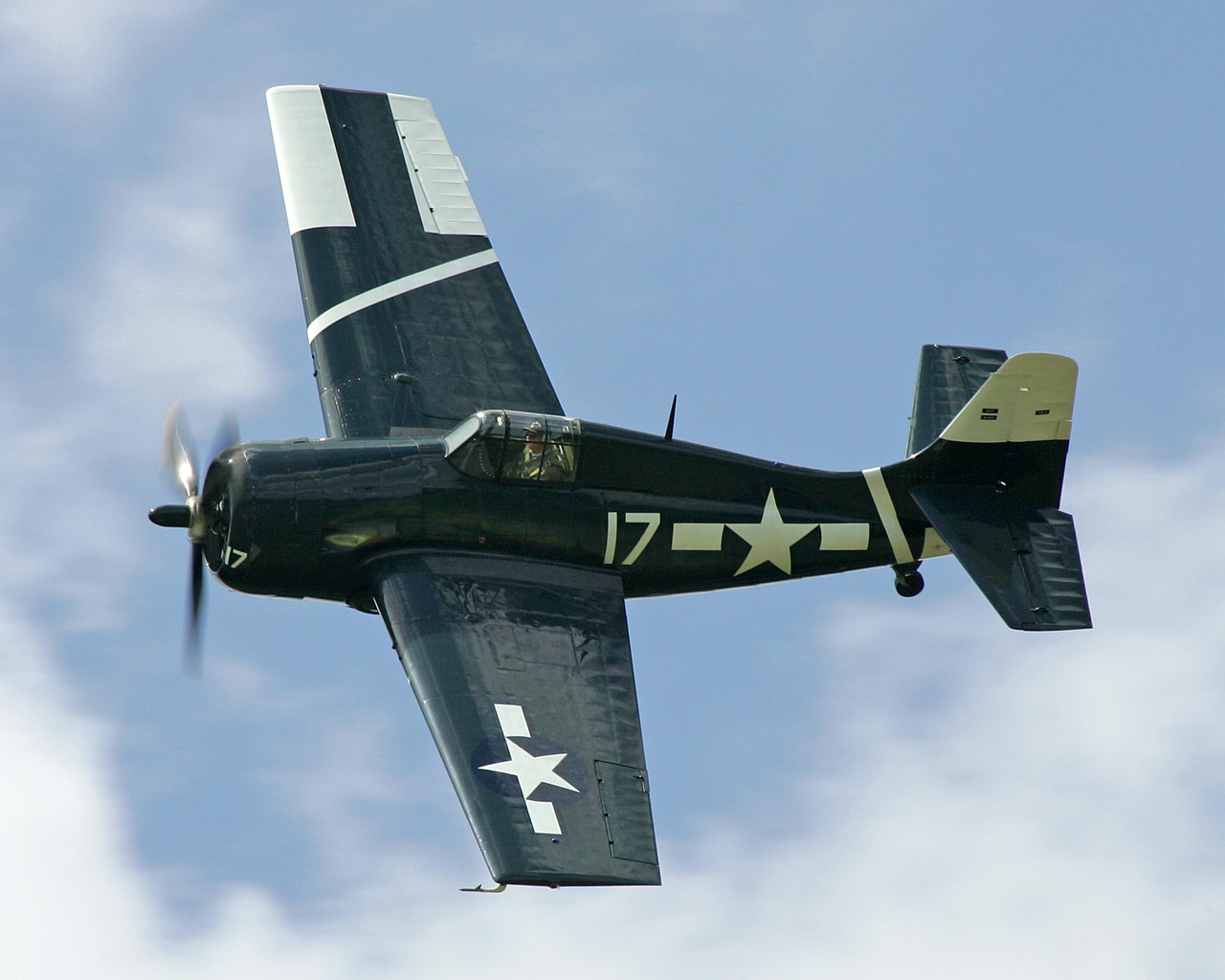
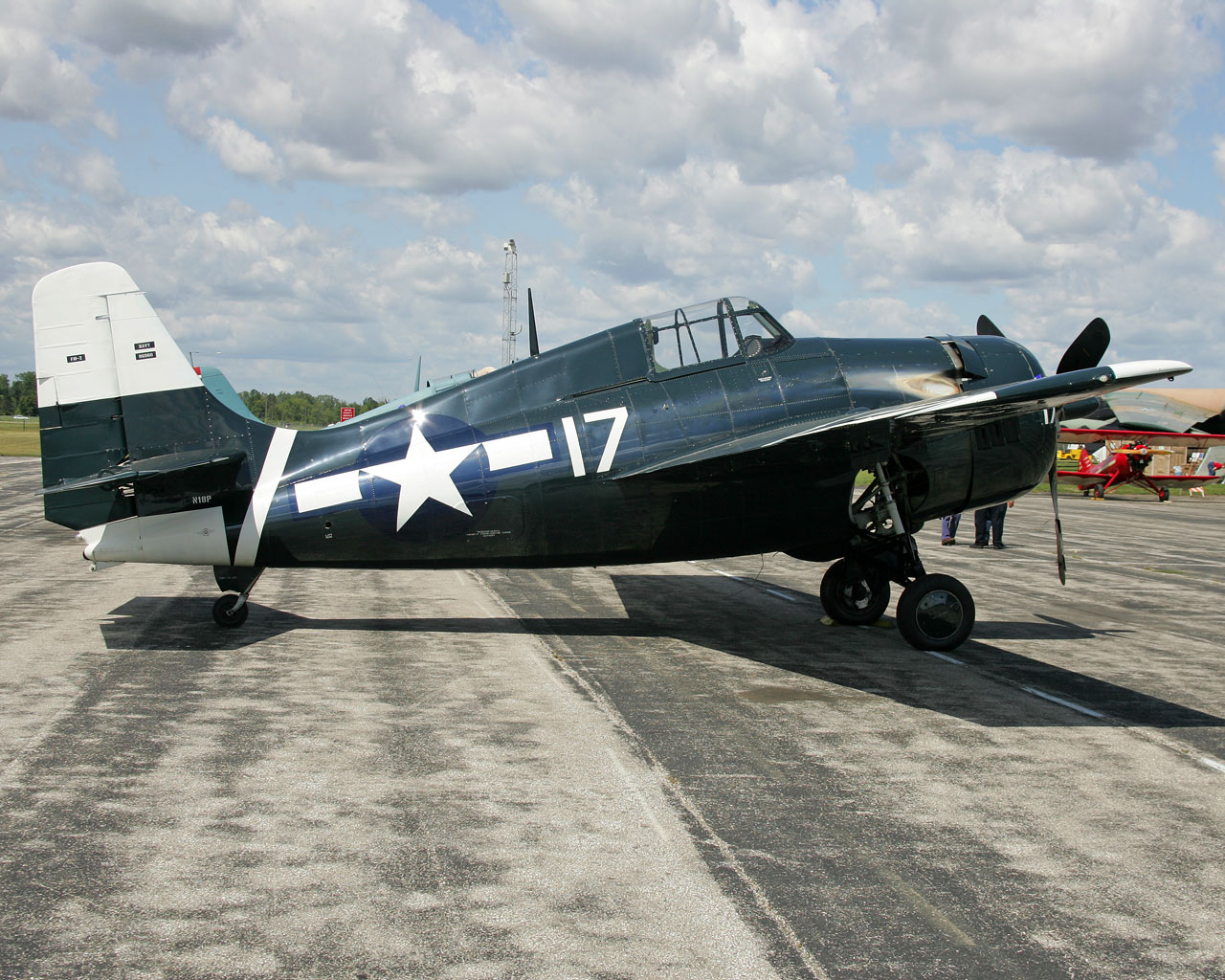

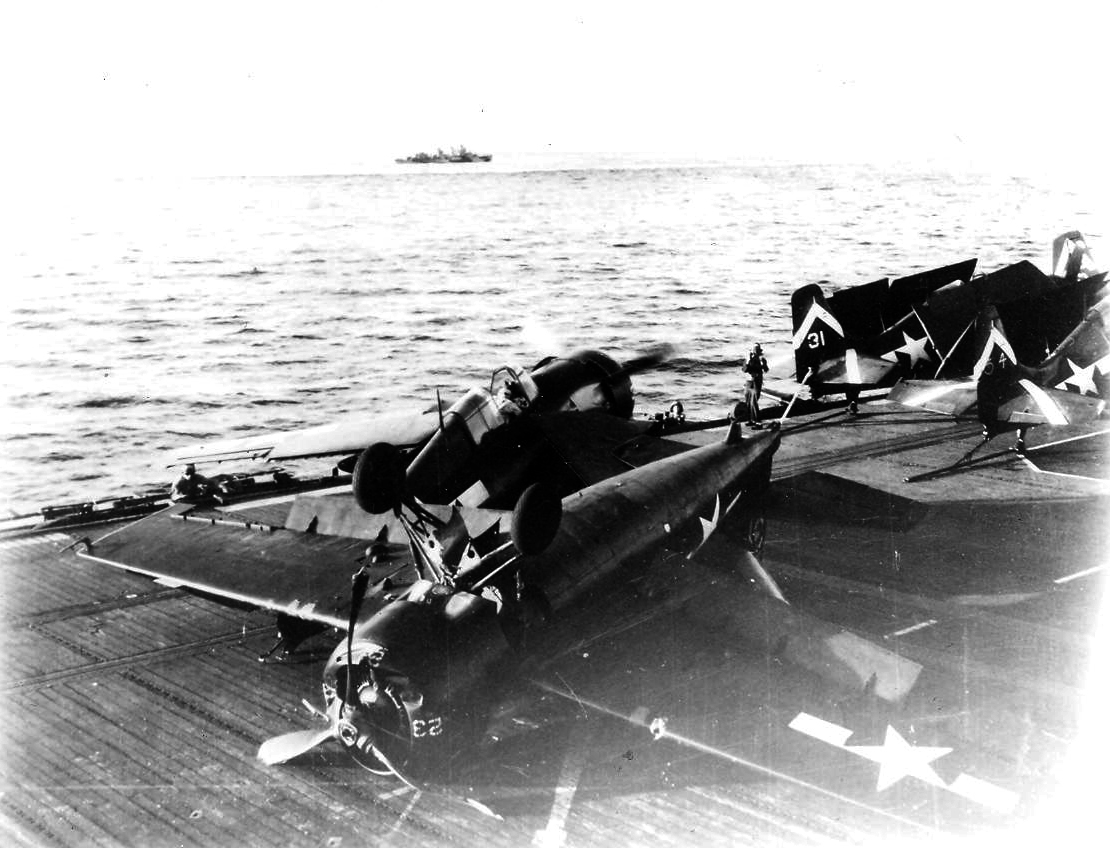


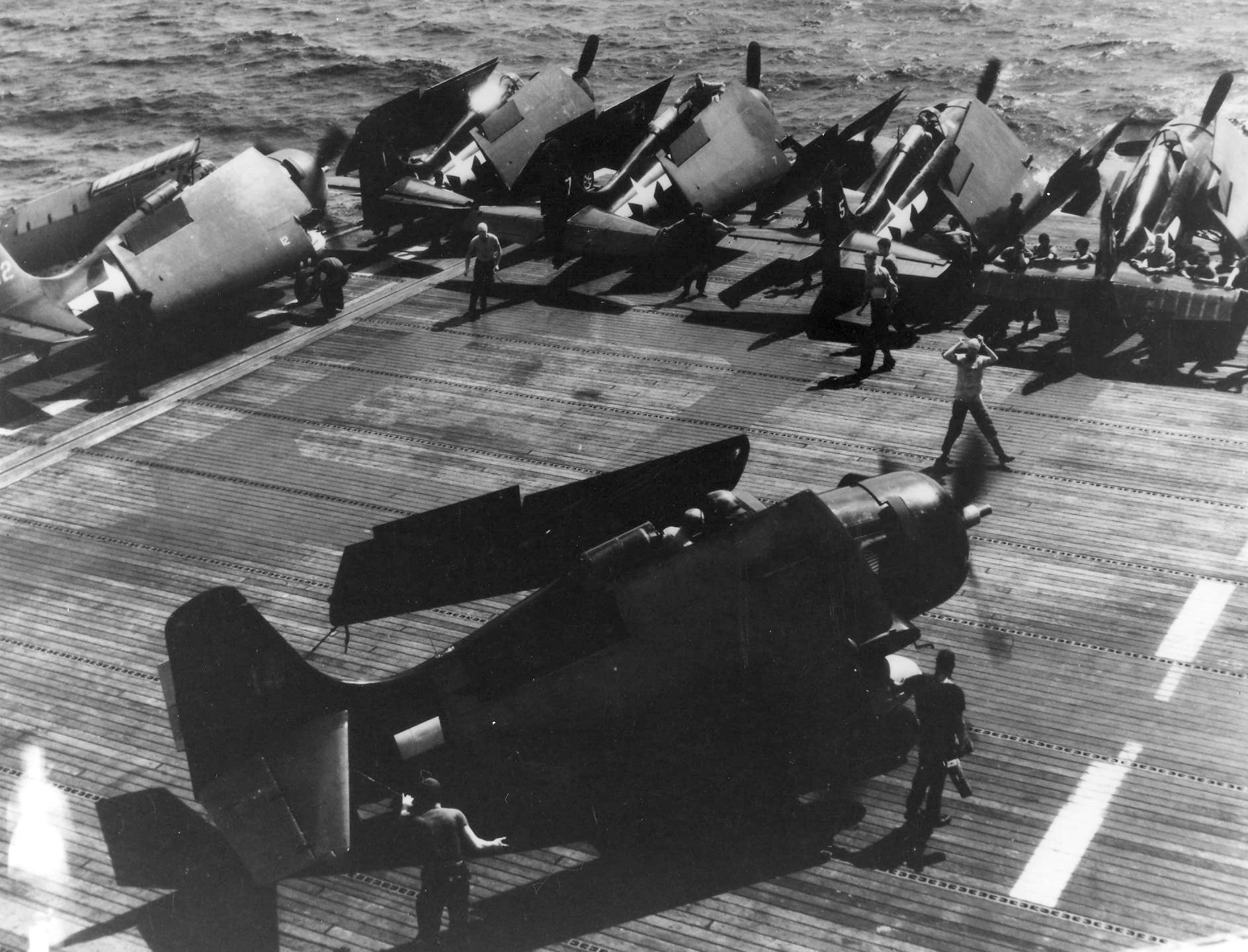








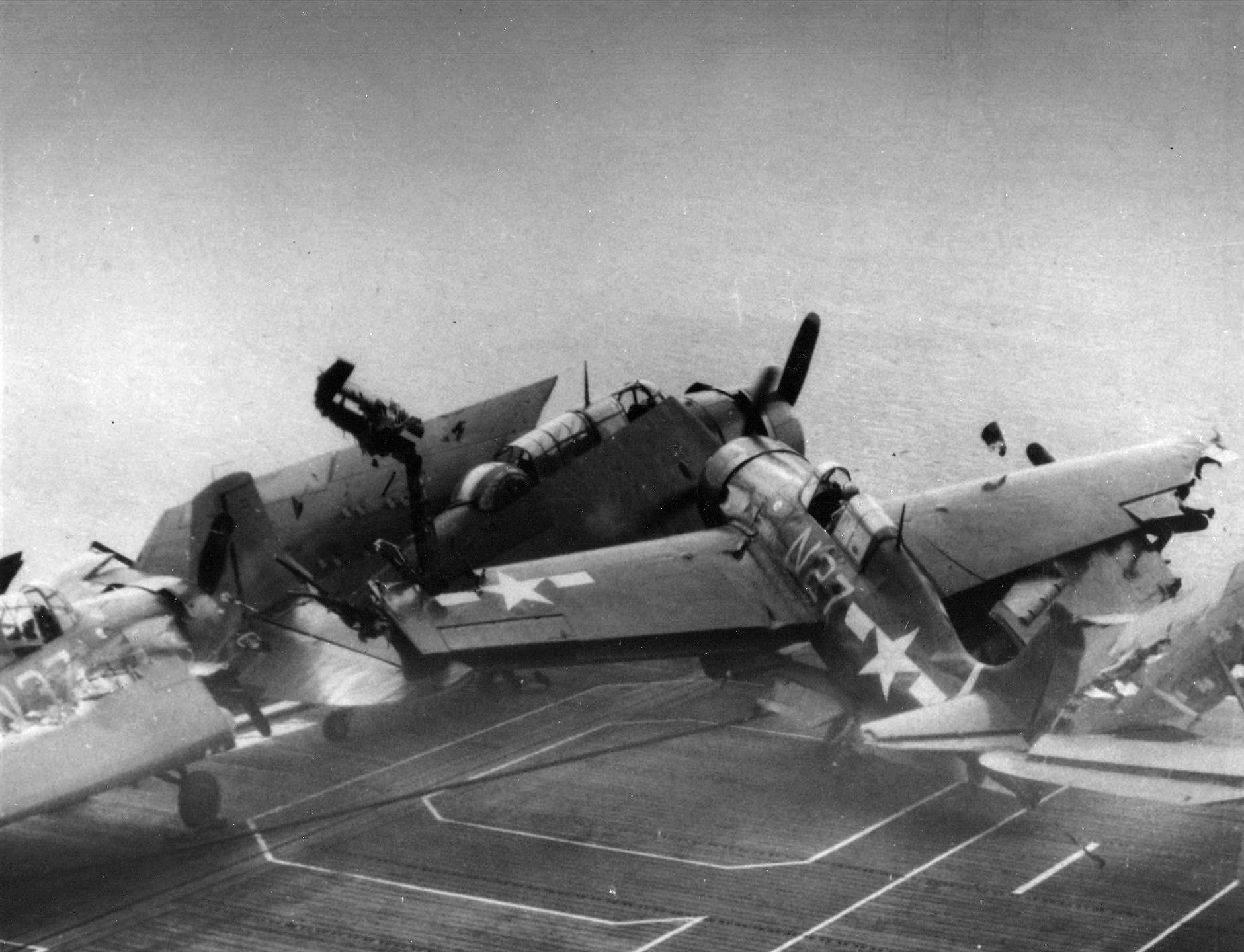





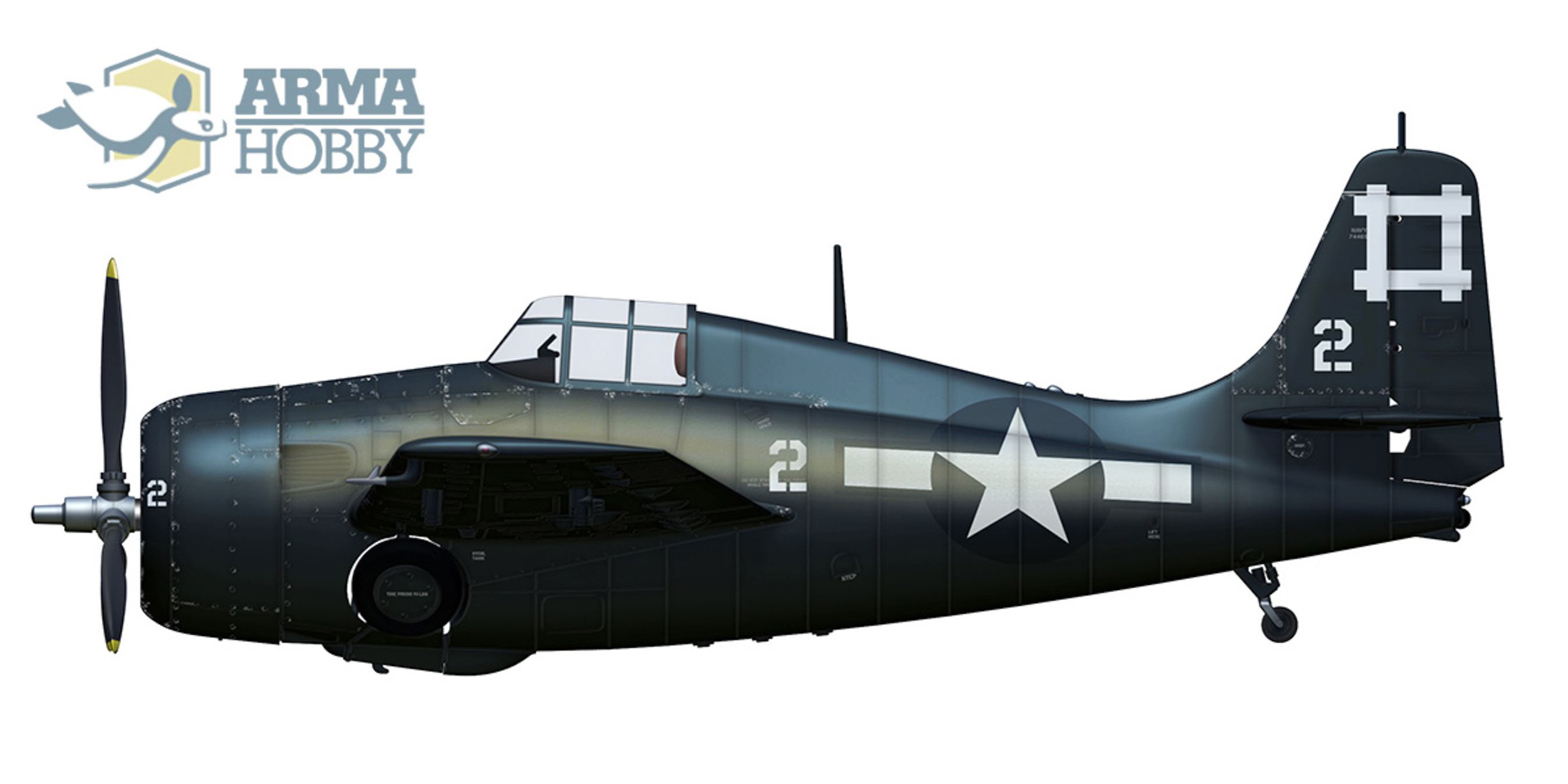


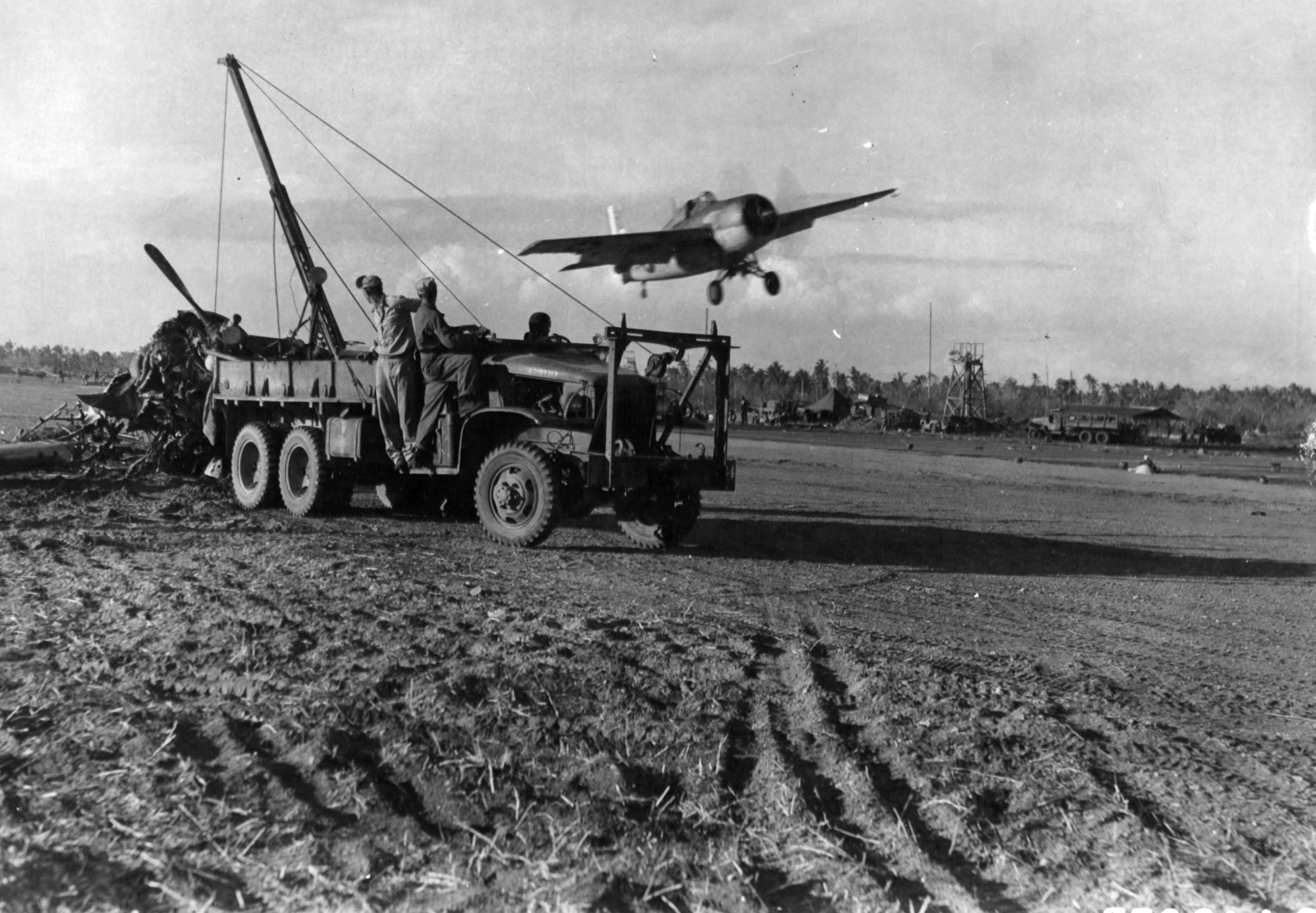
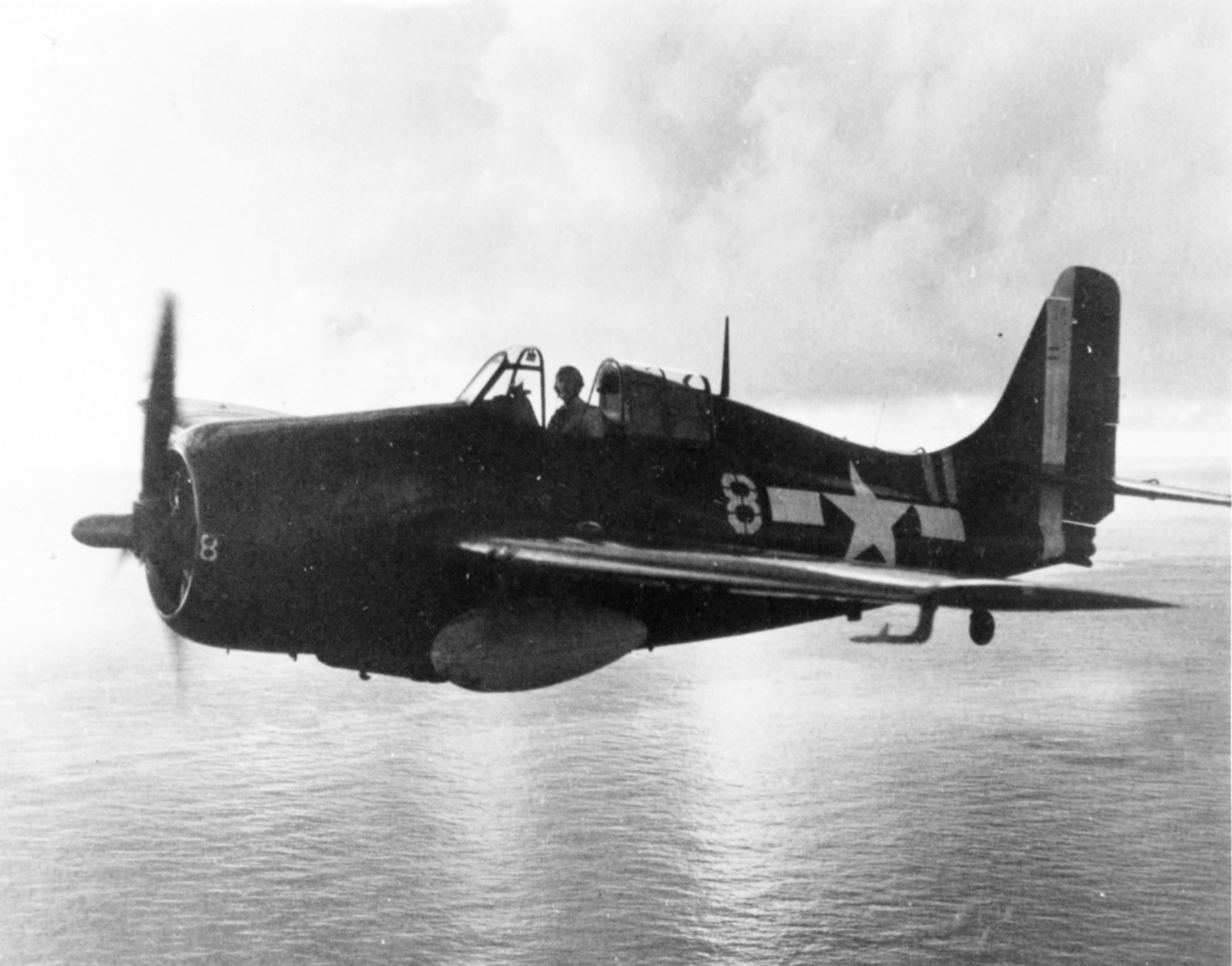

















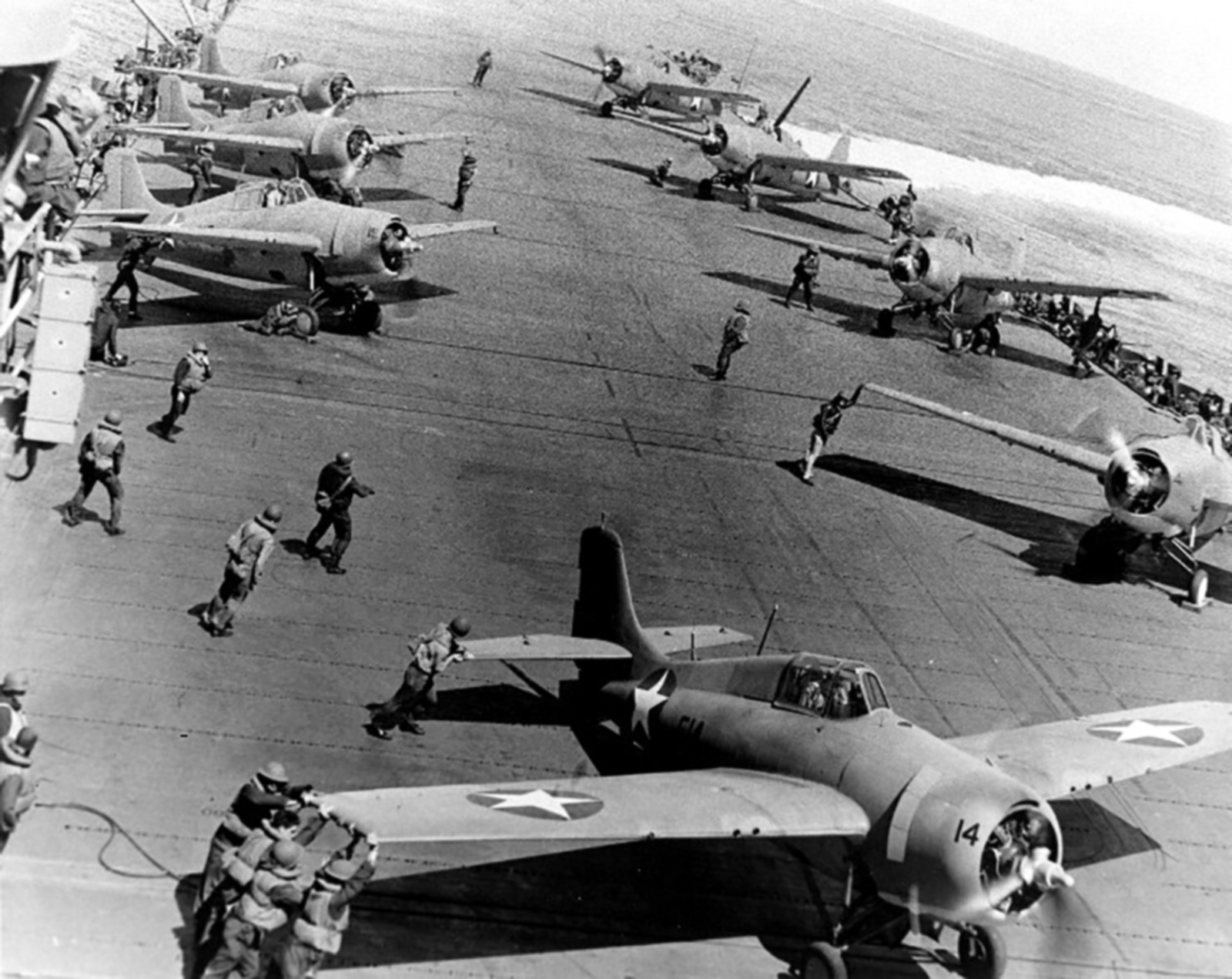



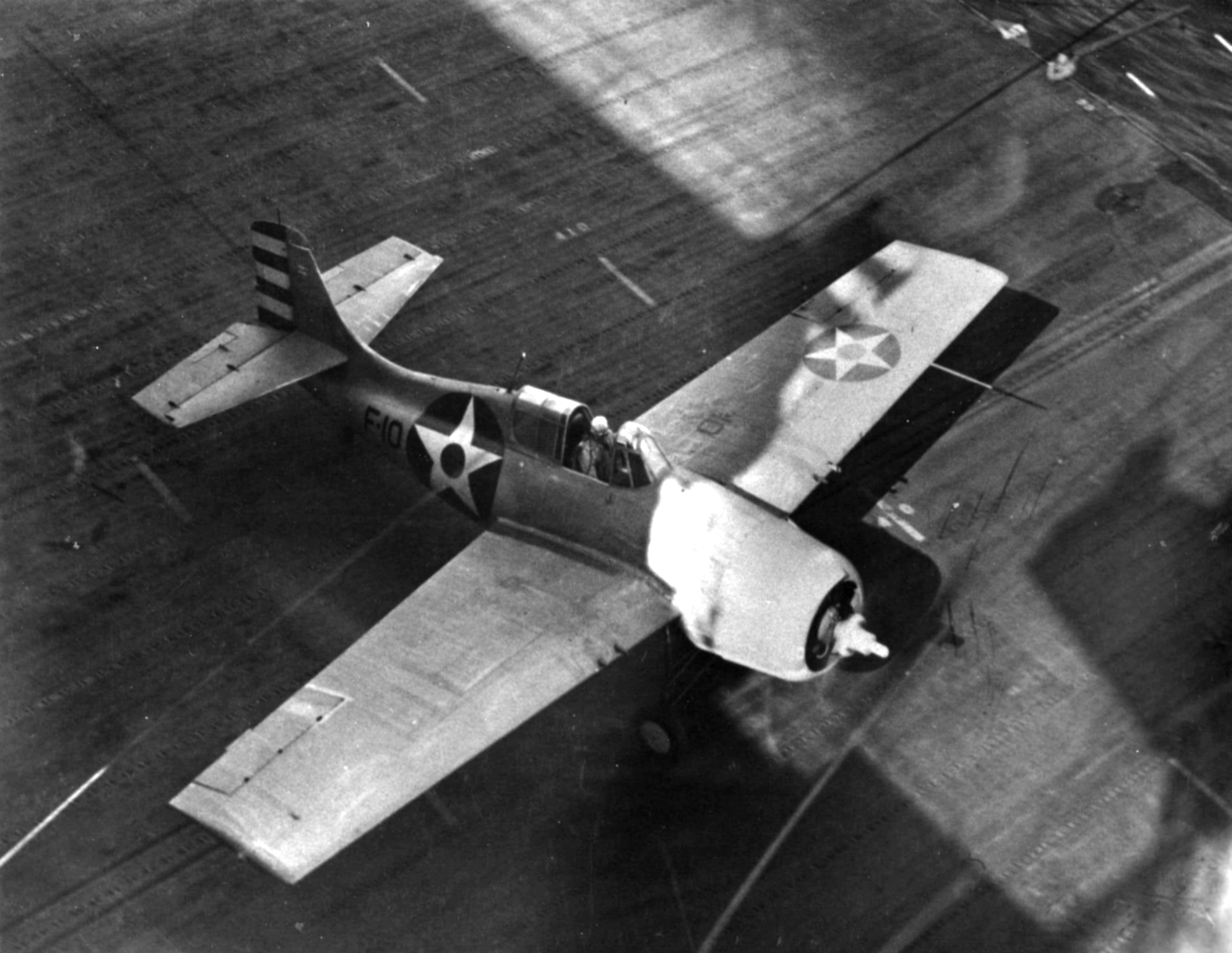



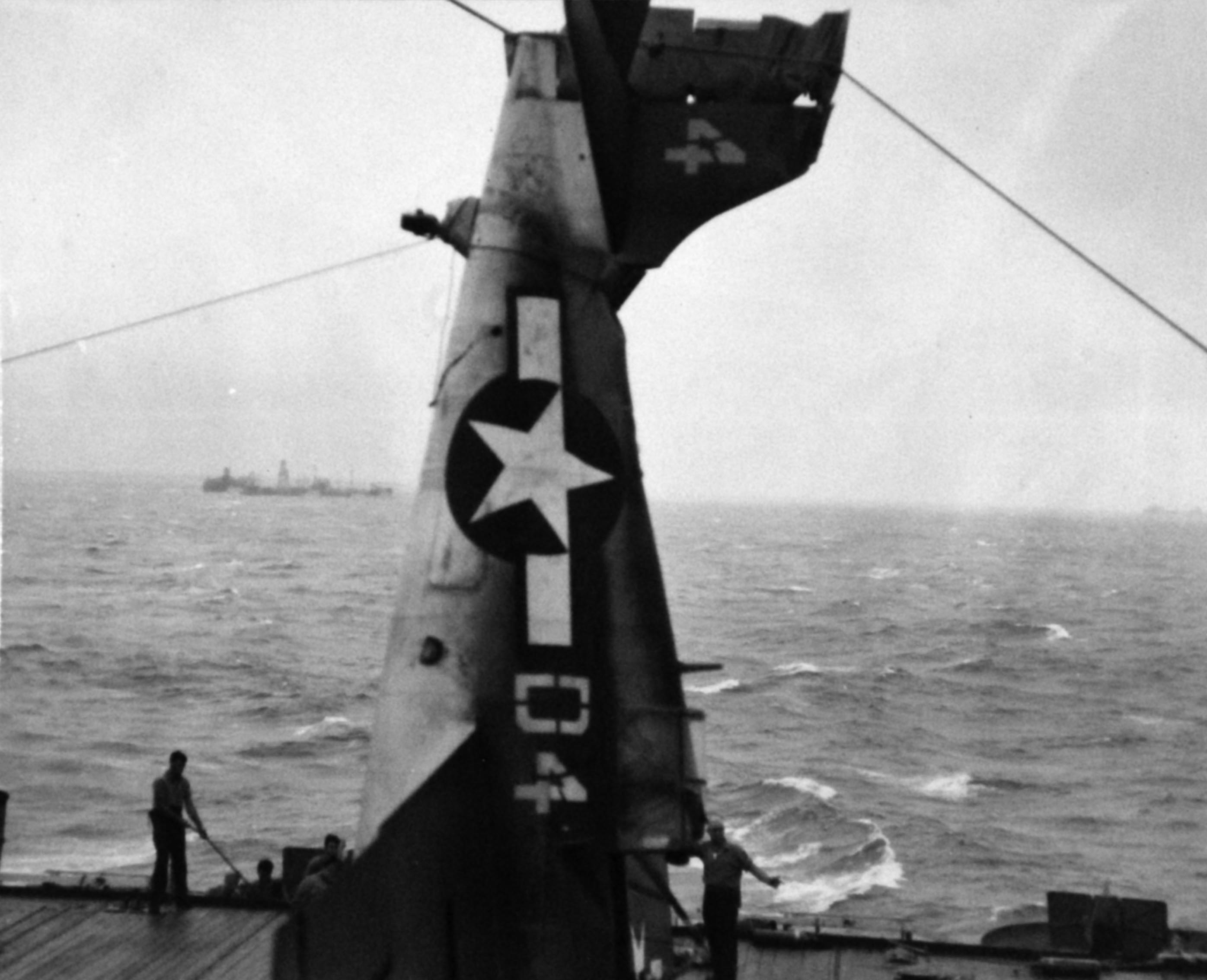





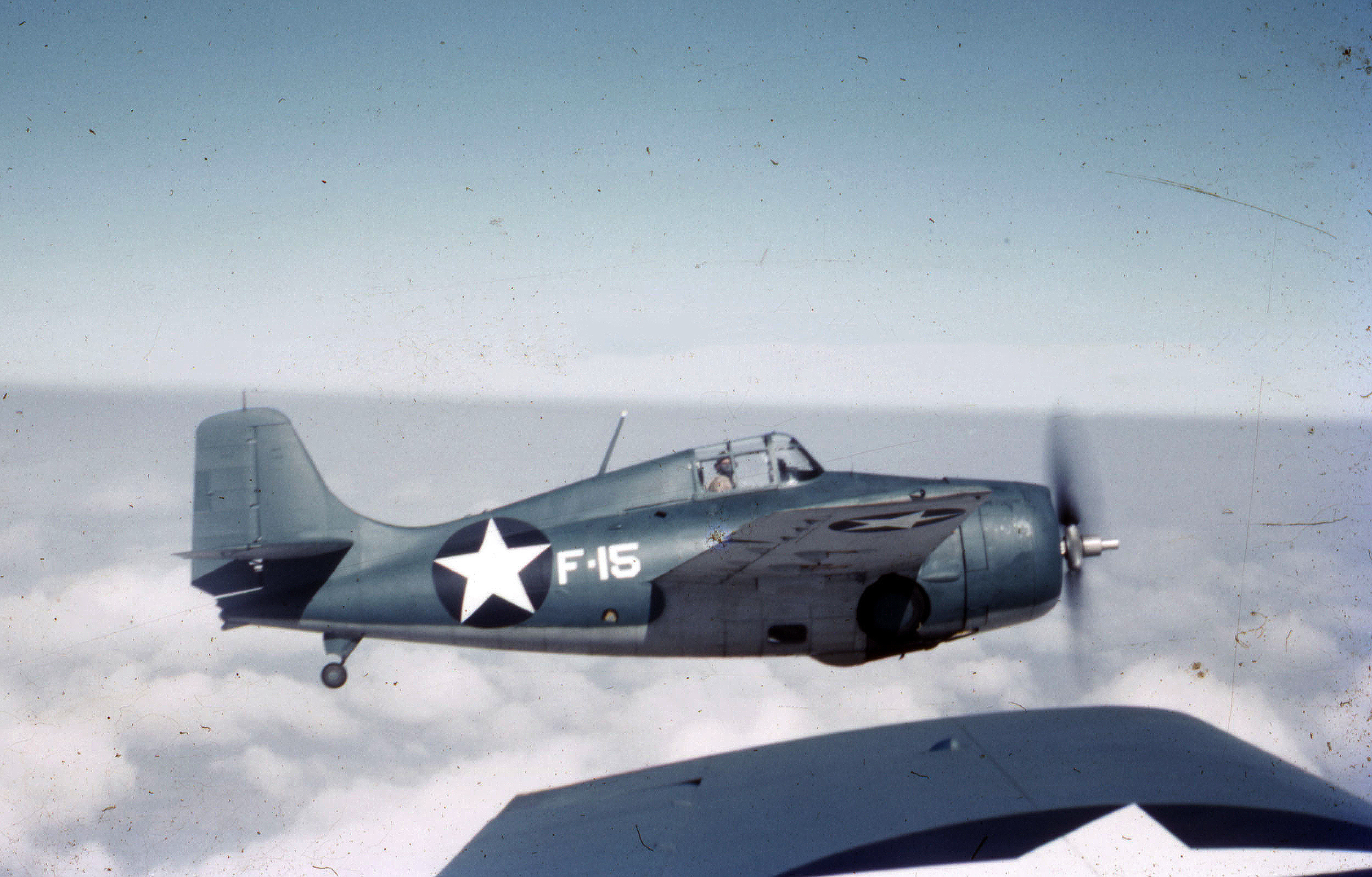
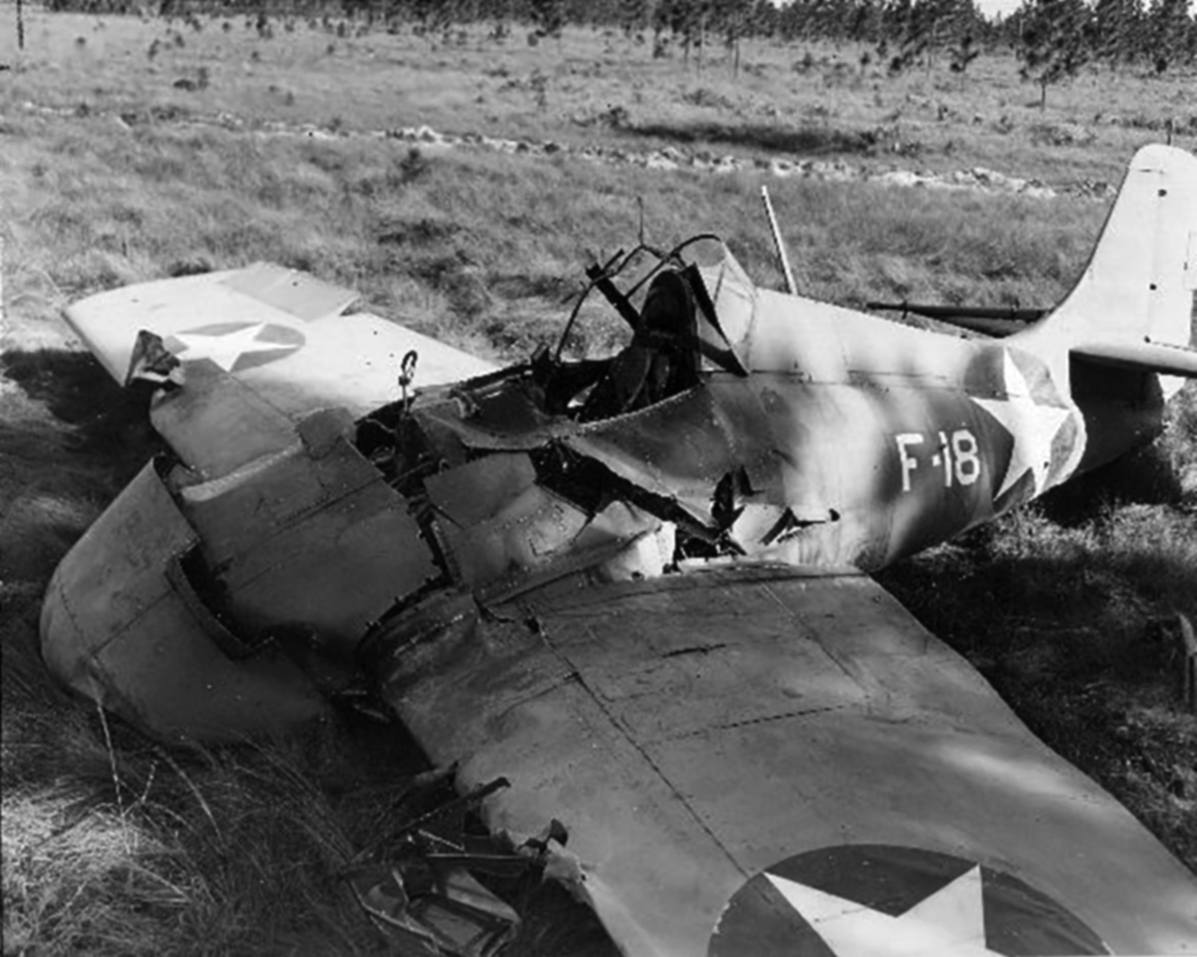

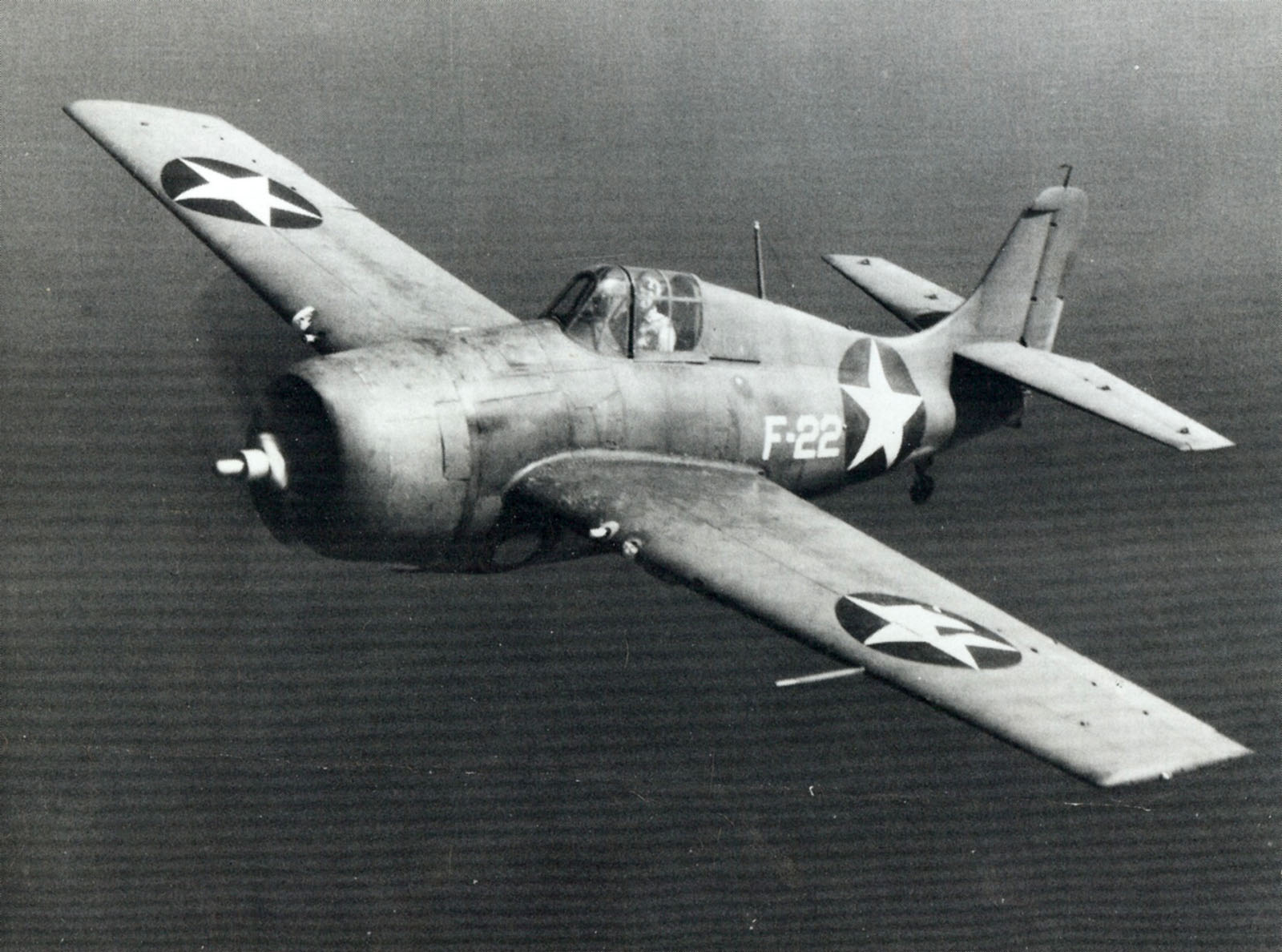

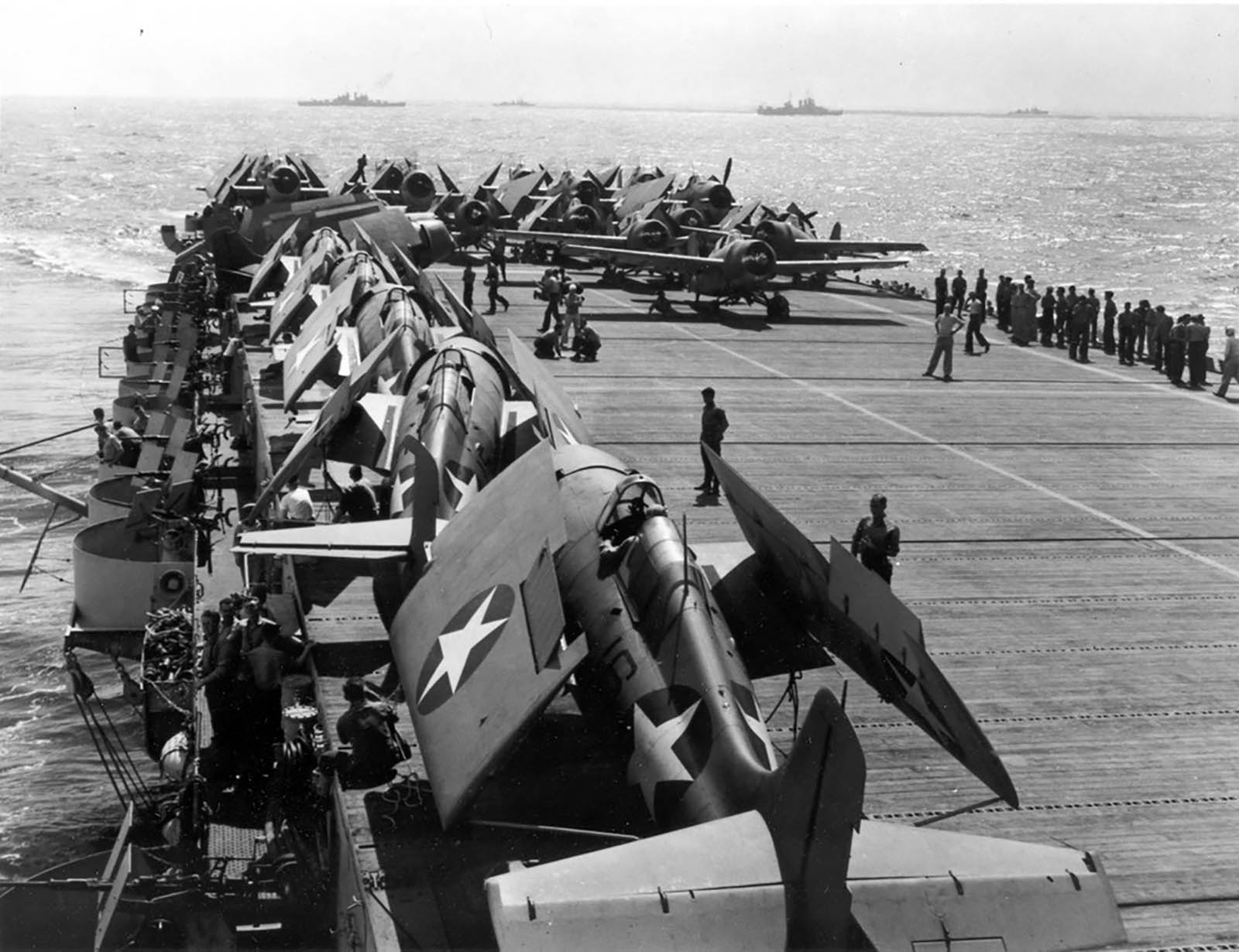







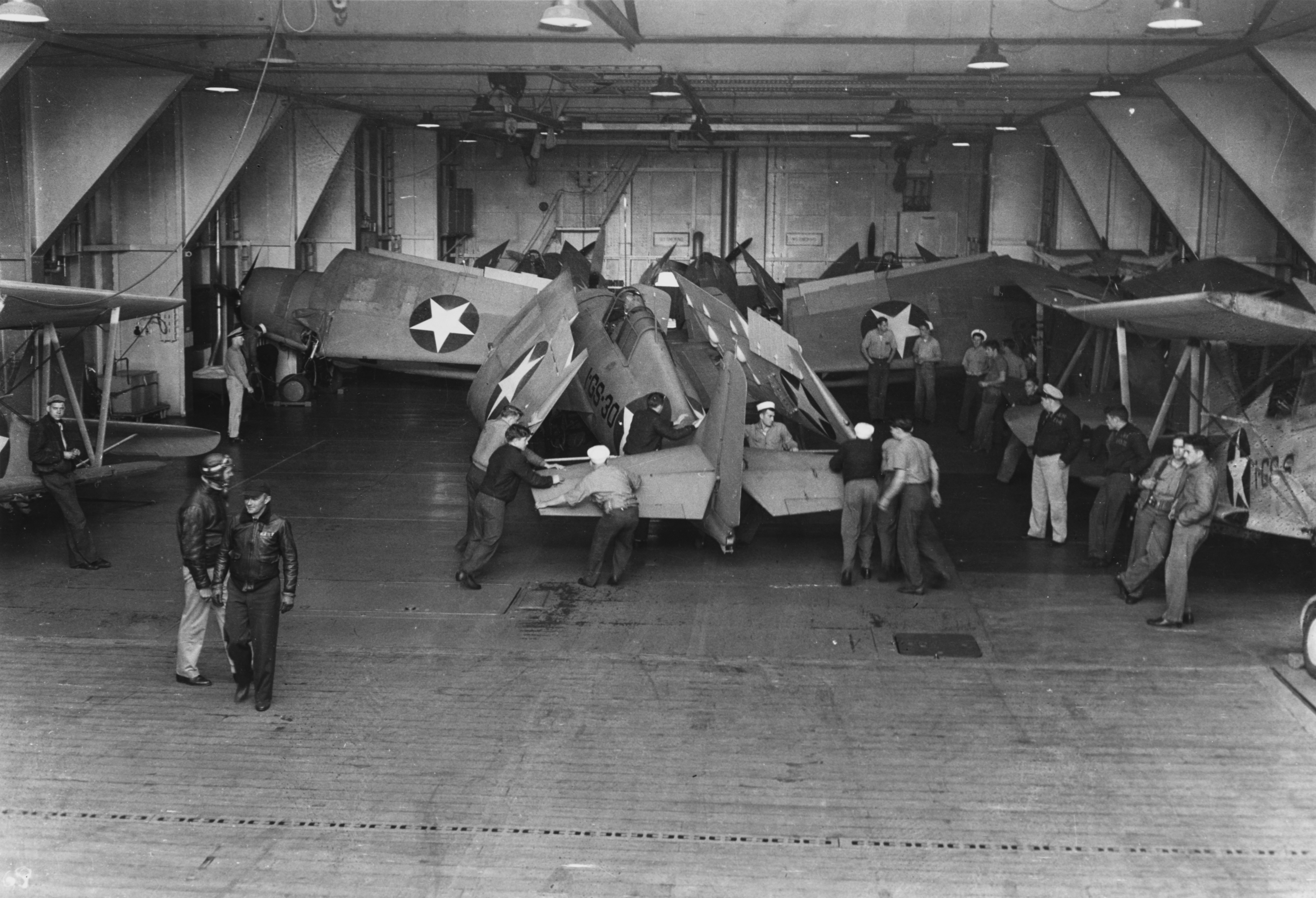




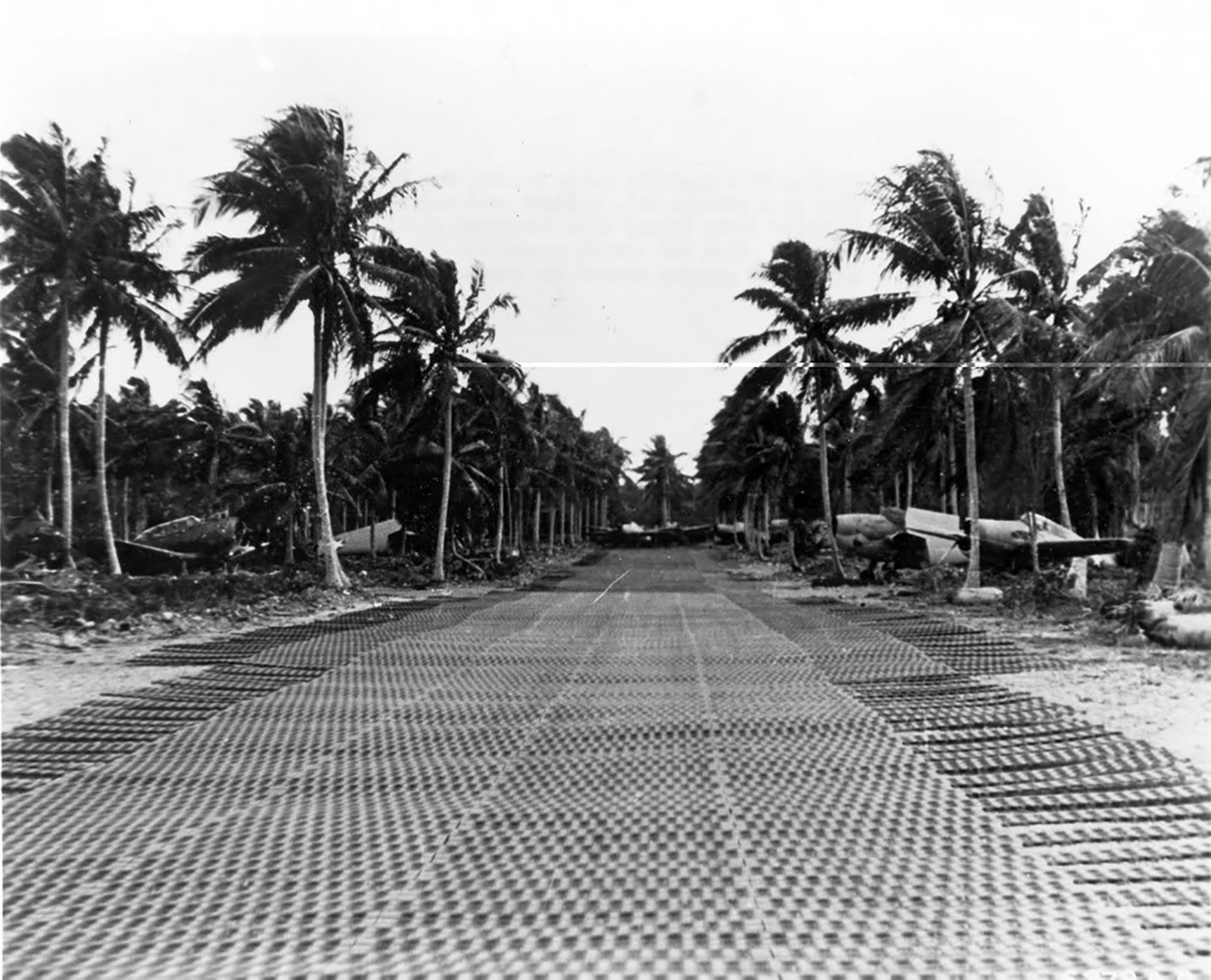



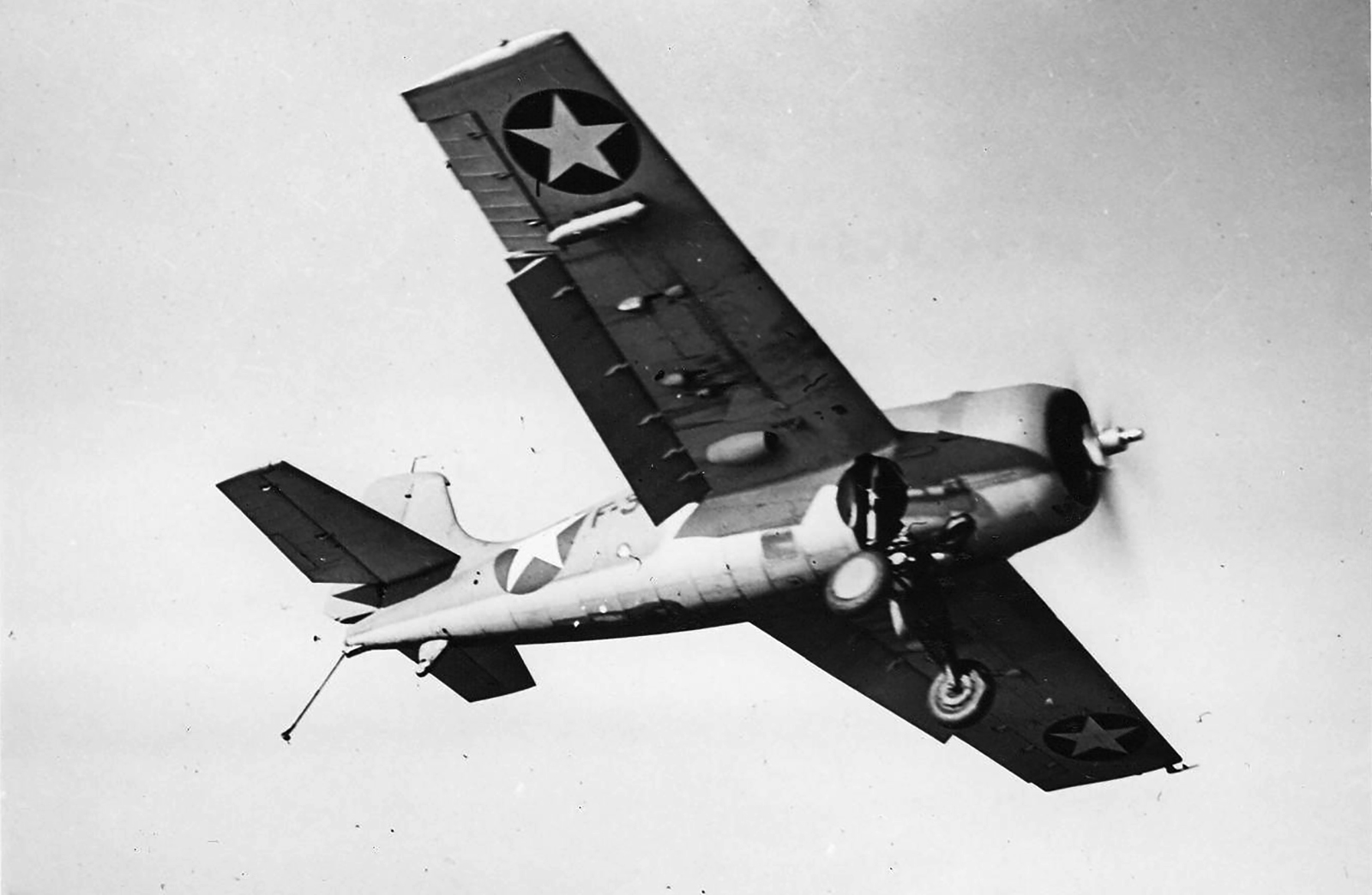



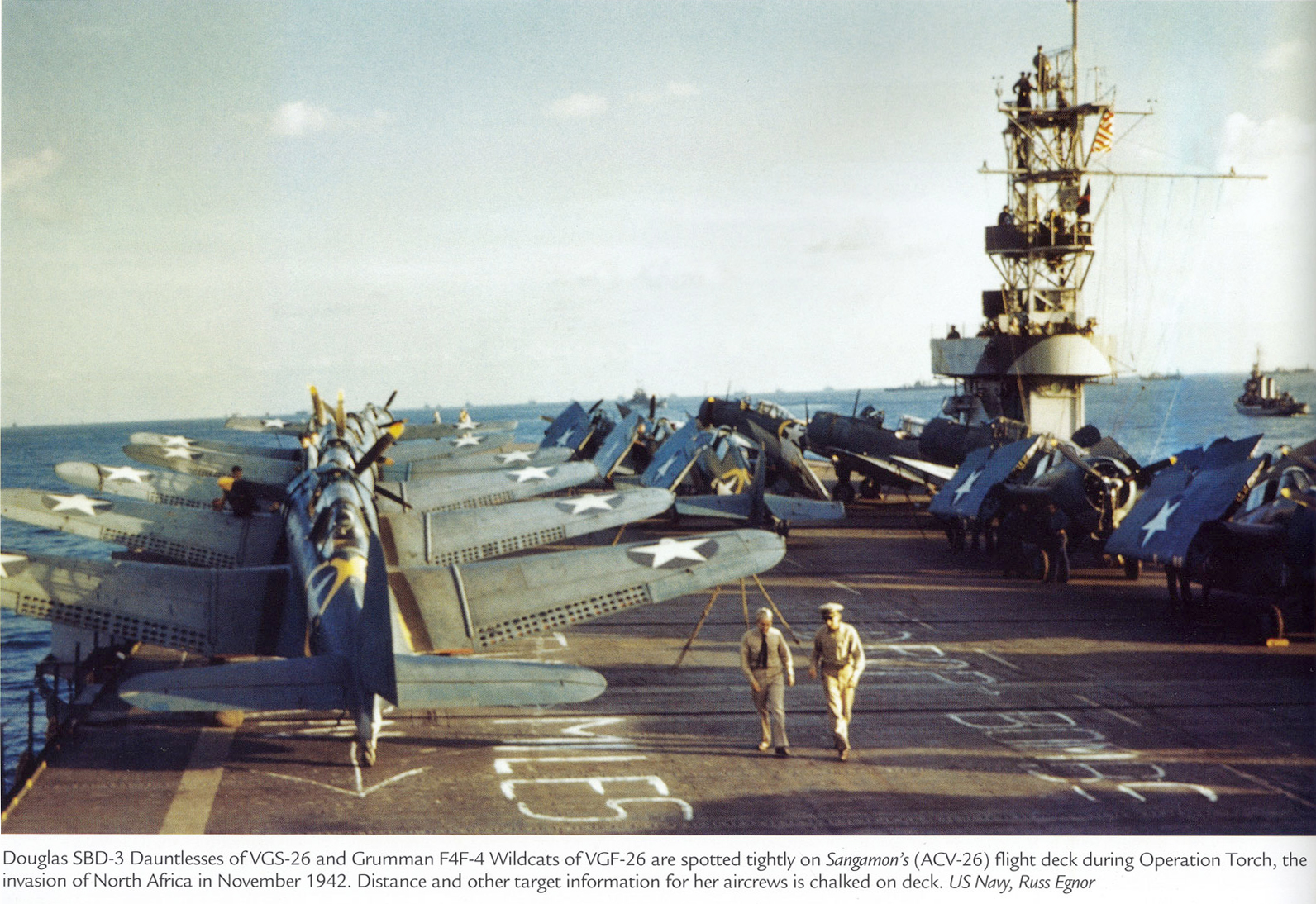

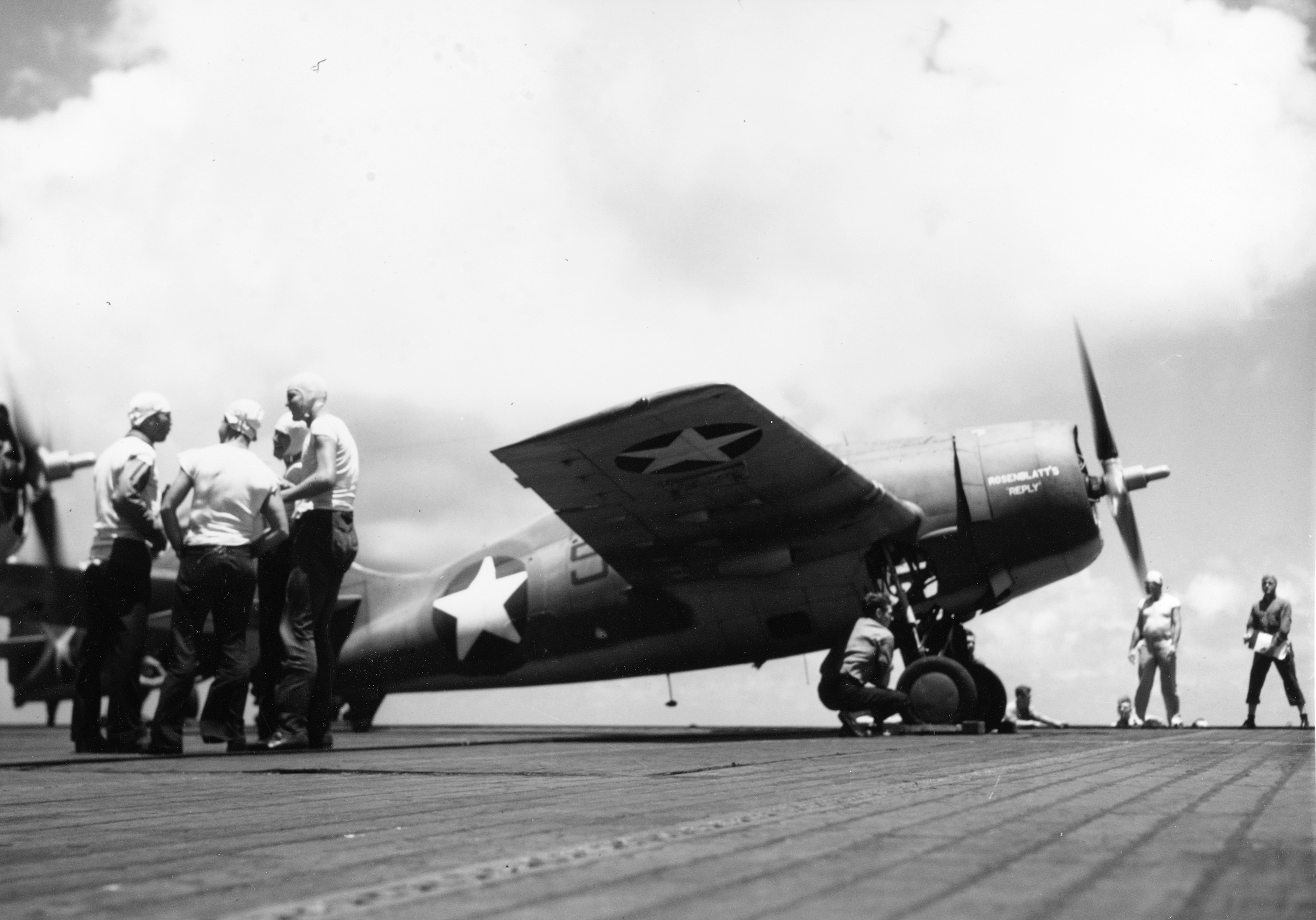


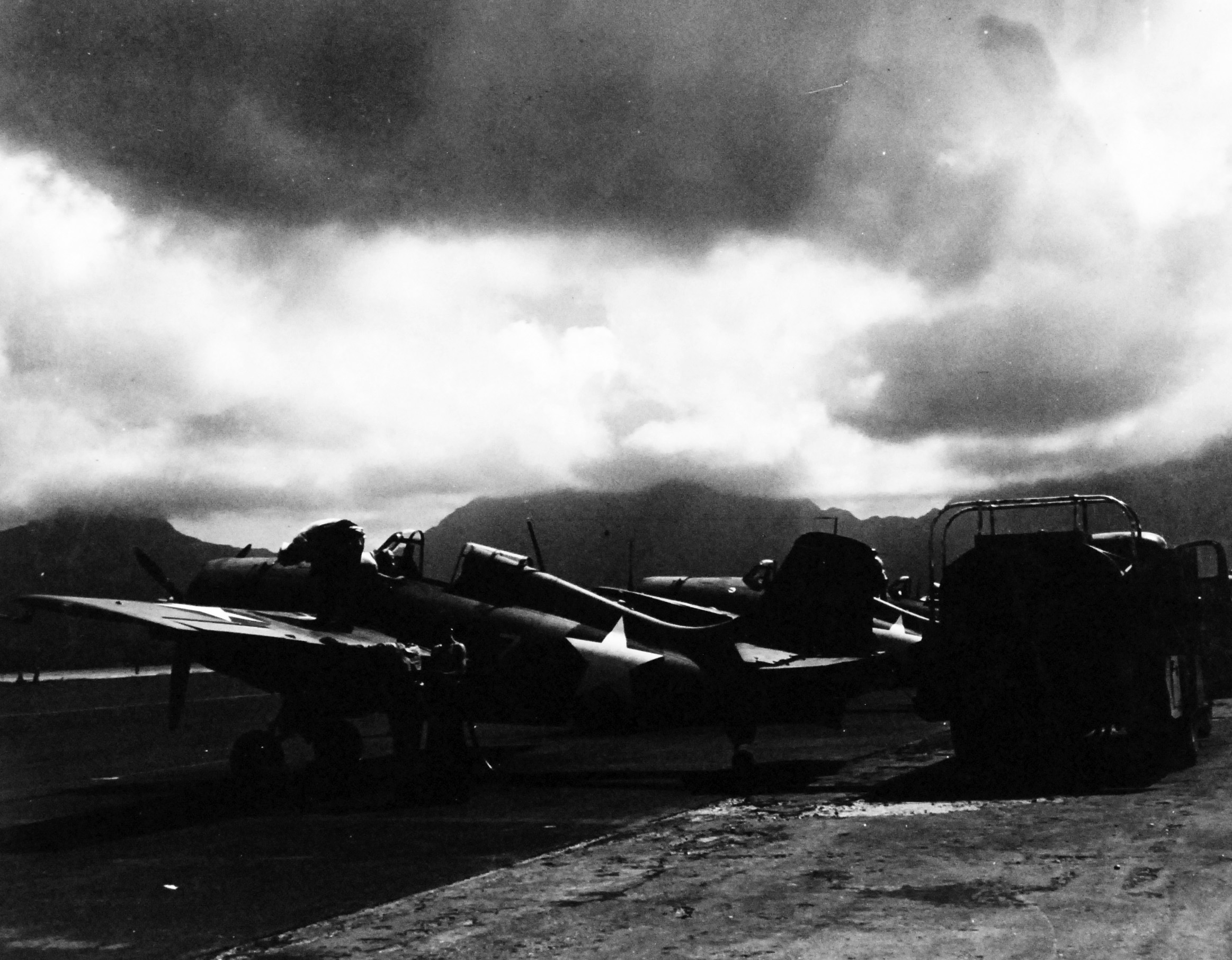




.jpg)



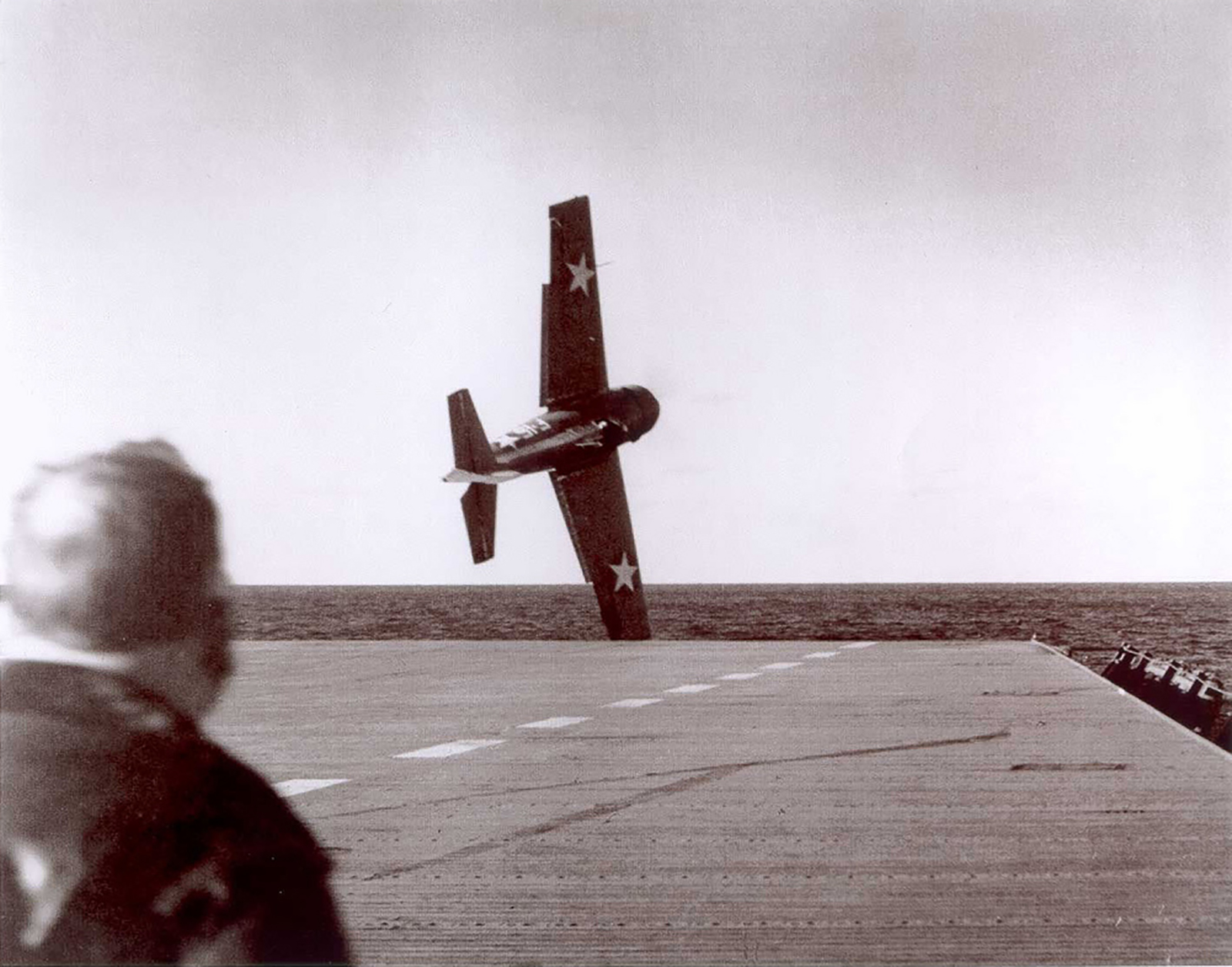
Grumman F4F-4 Wildcat VGF-17 Black 5 Rosenblatt's Reply aboard USS Suwanee ACV-27 1943
Description: Grumman F4F-4 Wildcat fighter (nicknamed Rosenblatt's Reply) On board USS Suwanee (ACV-27), circa late 1942 or early 1943. The plane bears traces of the yellow Operation Torch marking around its national insignia. Photographed by Ensign Barrett Gallagher, USNR. Official U.S. Navy Photograph, now in the collections of the National Archives. Catalog #: 80-G-K-15634
Source: https://www.history.navy.mil/content/history/nhhc/our-collections/photography/numerical-list-of-images/nara-series/80-g-k/80-G-K-15000/80-G-K-15634.html
Ford FM-2 Wildcat VC-41 Lt GV Knudson from CVE-58 USS Corregidor Makin Operation 20th Nov 1943 80-G-201910
Description: FM-1 "Wildcat" fighters from USS CORREGIDOR (CVE-58) over Butaritari Island, Makin Atoll, during pre-invasion bombardment, 20 November 1943. Photo looks to the east, with flink point in lower center and beach "red" at lower right. Heavy smoke is from oil fires in the vicinity of King's Warf. Nearest plane is piloted by Lieutenant G.V. Knudson, USNR, of VC-41.
Source: https://www.history.navy.mil/our-collections/photography/numerical-list-of-images/nhhc-series/nh-series/80-G-201000/80-G-201910.html
Grumman F4F-3 Wildcat VF-5 in flight February 1942 NH 97493
Description: NH 97493 Grumman F4F Wildcat fighter In flight, February 1942. Official U.S. Navy Photograph, from the collections of the Naval History and Heritage Command.
Source: https://www.history.navy.mil/content/history/nhhc/our-collections/photography/numerical-list-of-images/nhhc-series/nh-series/NH-97000/NH-97493.html
Grumman F4F-3 Wildcat VMF-221 Black 22 at Midway 25th Jun 1942 80-G-11636
Description: Damaged and partially disassembled Grumman F4F-3 Wildcat fighter (Bureau # 4006) on Sand Island, Midway, circa 24-25 June 1942. This plane, a unit of Marine Fighting Squadron 221 (VMF-221), was flown by Captain John F. Carey, USMC, during the squadron's attack on incoming Japanese planes on the morning of 4 June. Carey was wounded in this action. Several other planes are visible right background, including F2A-3 Buffalo fighters. This view looks roughly southwest from near the foot of the Sand Island pier. The seaplane hangar, which was heavily damaged by Japanese bombs on 4 June, is in the left background. Note truck in the middle distance, following a Marine sentry through a gap in the barbed wire defenses. Official U.S. Navy Photograph, now in the collections of the National Archives. 80-G-11636 Battle of Midway, June 1942
Source: https://www.history.navy.mil/content/history/nhhc/our-collections/photography/us-people/c/carey-john-f/80-g-11636.html
Grumman F4F-4 Wildcats VGS-1 Black 1GS30 from AVG-1 USS Long Island June 1942 80-G-14524
Description: USS Long Island (AVG-1) Crewmen spotting a Grumman F4F-4 Wildcat fighter on the ship's hangar deck, 17 June 1942. Several other F4F-4s are present, as are Curtiss SOC-3A Seagull scout-observation planes. All are from squadron VGS-1. Official U.S. Navy Photograph, now in the collections of the National Archives. Catalog #: 80-G-14524
Source: https://www.history.navy.mil/content/history/nhhc/our-collections/photography/numerical-list-of-images/nara-series/80-g/80-G-10000/80-G-14524.html
Grumman F4F-3 Wildcat VMF-221 Black 22 at Midway 25th Jun 1942 80-G-11636
Description: Grumman F4F-4 Wildcat fighter Is lifted on board USS Long Island (ACV-1) from USS Kitty Hawk (APV-1), at Fila Harbor, New Hebrides, 28 August 1942. This plane was en route to Guadalcanal as part of the second group of U.S. Marine Corps planes to be based at Henderson Field. Note that the F4F's markings appear to have been taped over. Official U.S. Navy Photograph, now in the collections of the National Archives. Catalog #: 80-G-73394
Source: https://www.history.navy.mil/content/history/nhhc/our-collections/photography/numerical-list-of-images/nara-series/80-g/80-G-70000/80-G-73394.html
Grumman F4F-4 Wildcats VGS-1 prepare for catapult lunching ACV-1 USS Long Island 17th June 1942 80-G-14548
Description: USS Long Island (AVG-1) A Grumman F4F-4 Wildcat fighter on the catapult, ready for take-off, 17 June 1942. Several more F4F-4s are waiting their turn for launch. All planes are from squadron VGS-1. Note that Long Island's catapult runs diagonally across the flight deck, from starboard toward the port bow. Official U.S. Navy Photograph, now in the collections of the National Archives. Catalog #: 80-G-14548
Source: https://www.history.navy.mil/content/history/nhhc/our-collections/photography/numerical-list-of-images/nara-series/80-g/80-G-10000/80-G-14548.html
Grumman F4F-4 Wildcats VGS-1 prepare for catapult lunching ACV-1 USS Long Island Mar 1943 80-G-66753
Description: USS Long Island (ACV-1) A Grumman F4F-4 Wildcat fighter, equipped with ferry tanks, on the carrier's catapult ready for launching, during flight operations on 6 March 1943. Note that the catapult runs diagonally across the flight deck. Planes parked in the background include more F4F-4s and Vought F4U-1s. Official U.S. Navy Photograph, now in the collections of the National Archives. Catalog #: 80-G-66753
Source: https://www.history.navy.mil/content/history/nhhc/our-collections/photography/numerical-list-of-images/nara-series/80-g/80-G-60000/80-G-66753.html
FM-2 Wildcat White 14 from CVE-93 USS Makin Island takes a wave off NH 94875
Description: General Motors FM-2 Wildcat fighter Gets a wave-offfrom the Landing Signal Officer, while attempting to land on USS Makin Island (CVE-93), circa 1944-45. Courtesy of PHC John Highfill, USN (Retired). U.S. Naval History and Heritage Command Photograph. Catalog #: NH 94875
Source: https://www.history.navy.mil/content/history/nhhc/our-collections/photography/numerical-list-of-images/nhhc-series/nh-series/NH-94000/NH-94875.html
FM-2 Wildcat from CVE-30 USS Charger in the Chesapeake Bay area 8th May 1944 80-G-K-1601
Description: FM-2 Wildcat fighter Prepares to take off from USS Charger (CVE-30) during training operations in the Chesapeake Bay area, 8 May 1944. Another FM-2 is passing overhead with its tail hook down, apparently having received a wave-off due to the carrier's fouled flight deck. Note the light Atlantic area paint schemes worn by these planes. Official U.S. Navy Photograph, now in the collections of the National Archives. Catalog #: 80-G-K-1601
Source: https://www.history.navy.mil/content/history/nhhc/our-collections/photography/numerical-list-of-images/nara-series/80-g-k/80-G-K-01000/80-G-K-1601.html
FM-2 Wildcats from USS Kitkun Bay during battle off Samar 80-G-287497
Description: Battle off Samar, 25 October 1944 USS Kitkun Bay (CVE-71) prepares to launch FM-2 Wildcat fighters during the action. In the center distance, Japanese shells are splashing near USS White Plains (CVE-66). Official U.S. Navy Photograph, now in the collections of the National Archives. Catalog #: 80-G-287497 Original Date: 1944-10-25
Source: https://www.history.navy.mil/content/history/nhhc/our-collections/photography/numerical-list-of-images/nara-series/80-g/80-G-280000/80-G-287497.html
FM-2 Wildcat USS Makin Island CVE-93 landing mishap 1944-45 NH 94872
Description: USS Makin Island (CVE-93) Crewmen pull a FM-2 Wildcat fighter back from the forward edge of the flight deck, after it flipped over in a freak accident, circa 1944-1945. Courtesy of PHC John Highfill, USN (Retired). U.S. Naval History and Heritage Command Photograph. Catalog #: NH 94872
Source: https://www.history.navy.mil/content/history/nhhc/our-collections/photography/numerical-list-of-images/nhhc-series/nh-series/NH-94000/NH-94872.html
FM-2 Wildcat VF-26 White 17 is in flight off Leyte PI CVE-29 USS Santee 20th Oct 1944 80-G-287594
Description: General Motors FM-2 Wildcat fighter On combat air patrol over USS Santee (CVE-29) during the Leyte Invasion 20th October 1944. Official U.S. Navy Photograph, now in the collections of the National Archives. Catalog #: 80-G-287594
Source: https://www.history.navy.mil/content/history/nhhc/our-collections/photography/numerical-list-of-images/nhhc-series/nh-series/NH-94000/NH-94872.html
Bibliography:
Magazine References: +
- Airfix Magazines (English) - http://www.airfix.com/
- Avions (French) - http://www.aerostories.org/~aerobiblio/rubrique10.html
- FlyPast (English) - http://www.flypast.com/
- Flugzeug Publikations GmbH (German) - http://vdmedien.com/flugzeug-publikations-gmbh-hersteller_verlag-vdm-heinz-nickel-33.html
- Flugzeug Classic (German) - http://www.flugzeugclassic.de/
- Klassiker (German) - http://shop.flugrevue.de/abo/klassiker-der-luftfahrt
- Le Fana de L'Aviation (French) - http://boutique.editions-lariviere.fr/site/abonnement-le-fana-de-l-aviation-626-4-6.html
- Le Fana de L'Aviation (French) - http://www.pdfmagazines.org/tags/Le+Fana+De+L+Aviation/
- Osprey (English) - http://www.ospreypublishing.com/
- Revi Magazines (Czech) - http://www.revi.cz/
Web References: +
- History of RAF Organisation: http://www.rafweb.org
- Wikipedia, the free encyclopedia: http://en.wikipedia.org/
 Editor for Asisbiz: Matthew Laird Acred
Editor for Asisbiz: Matthew Laird Acred
If you love our website please donate so we can make this site even better !!





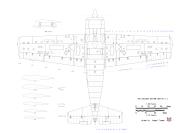
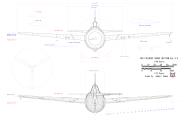
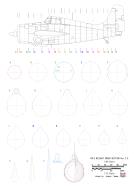
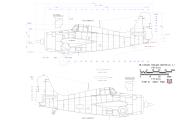

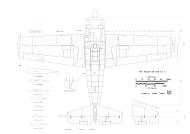
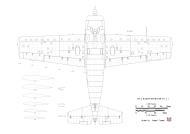
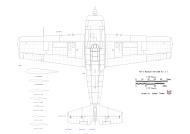
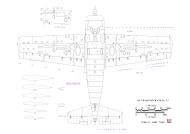
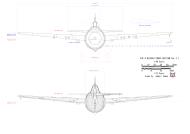
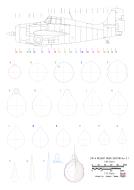

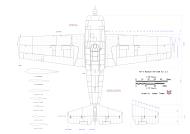








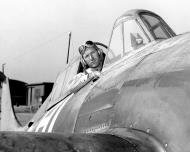





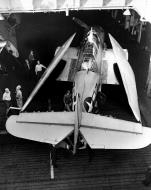


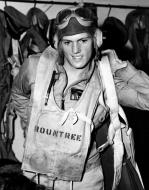



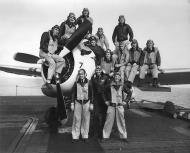







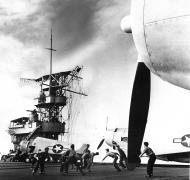
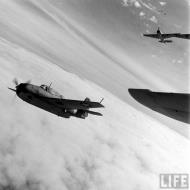













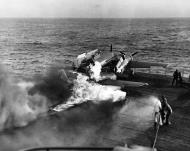
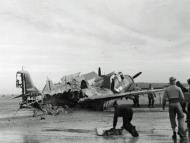

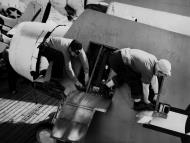




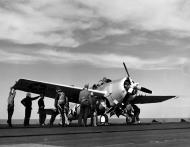














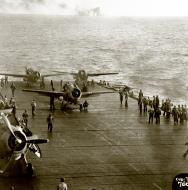



































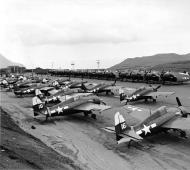


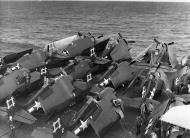

















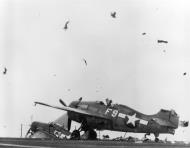

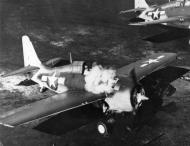
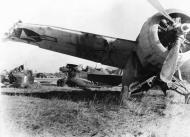

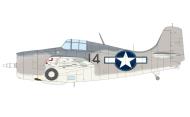




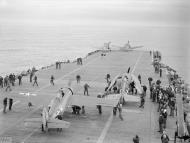

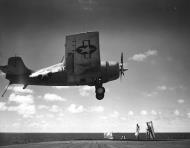
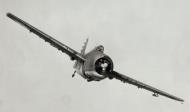


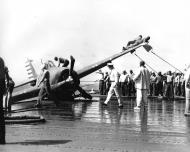
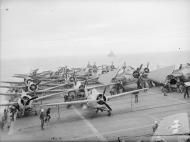






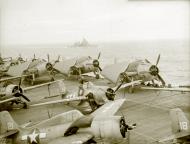


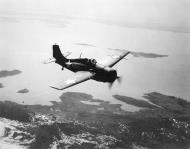

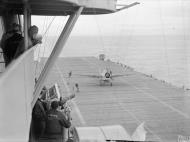

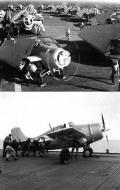


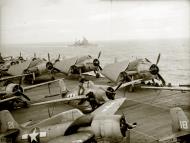
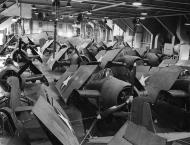
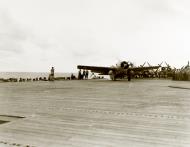
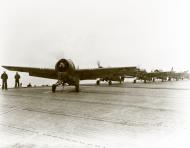



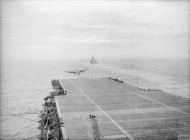


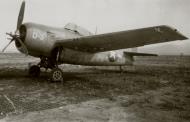



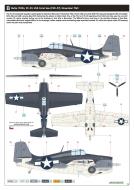


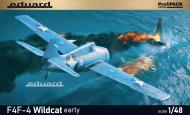


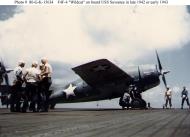

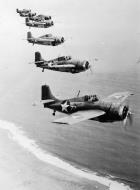








.jpg)

